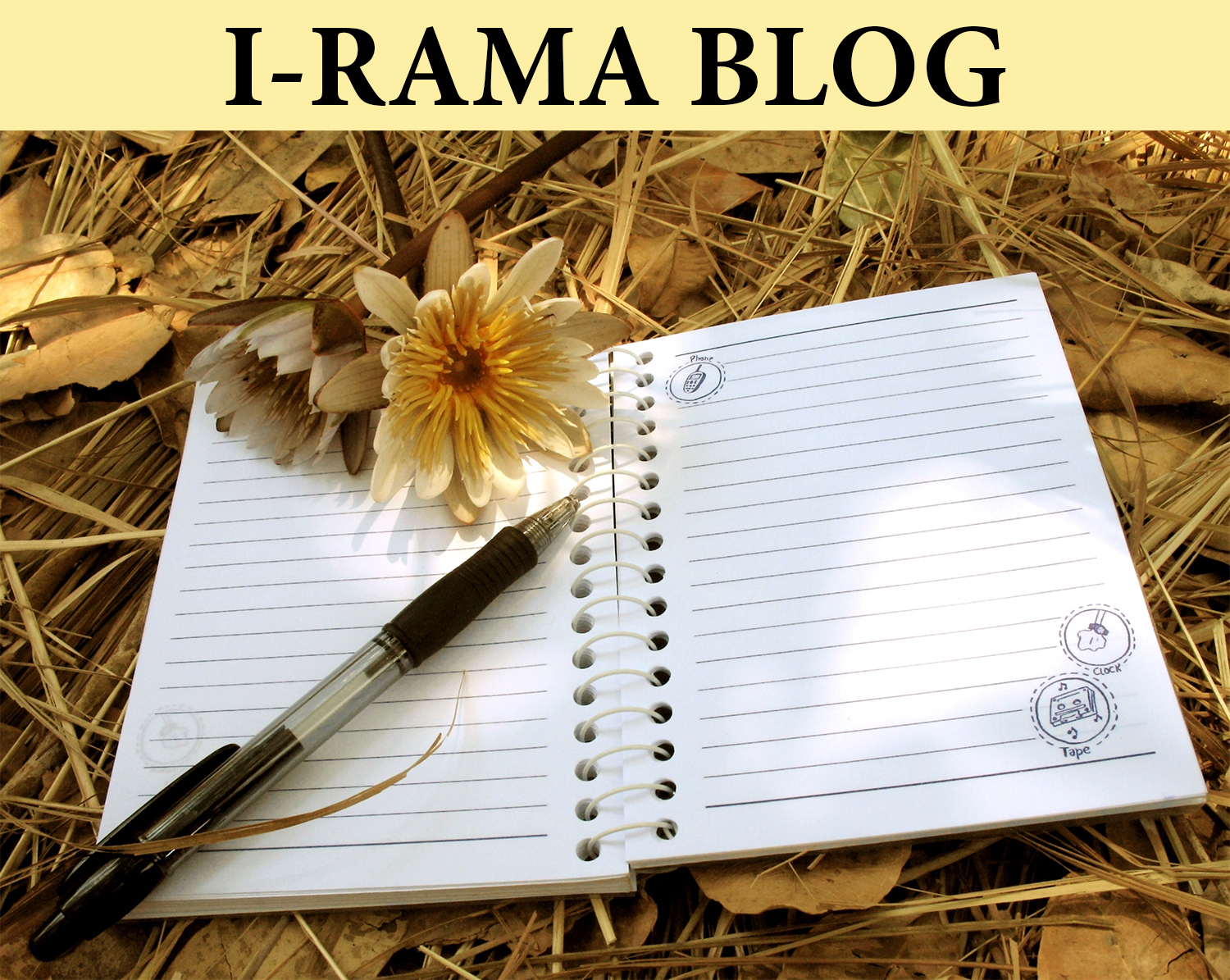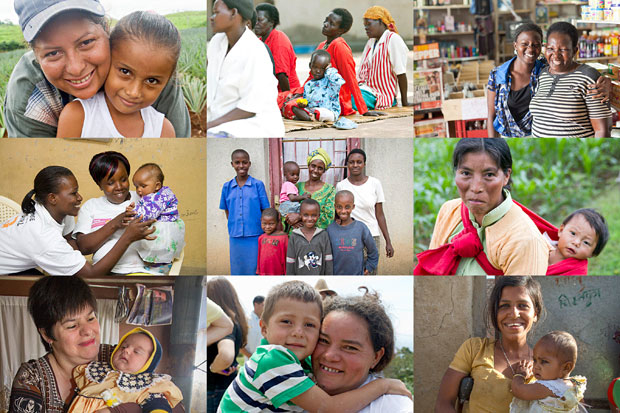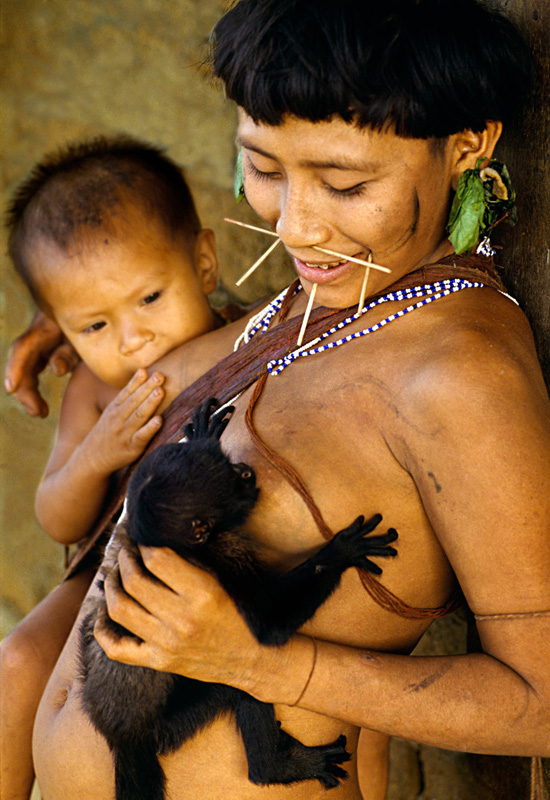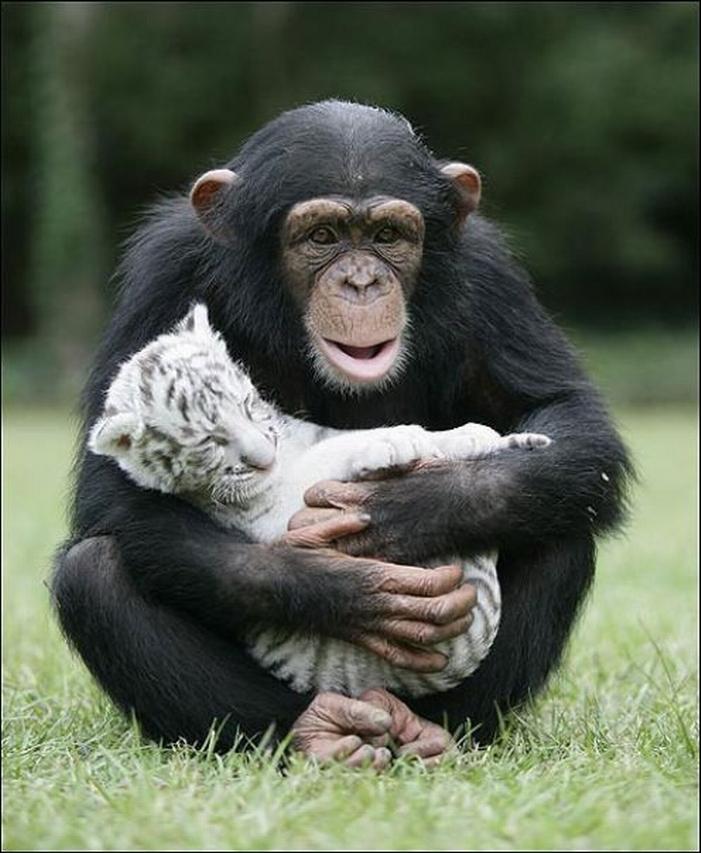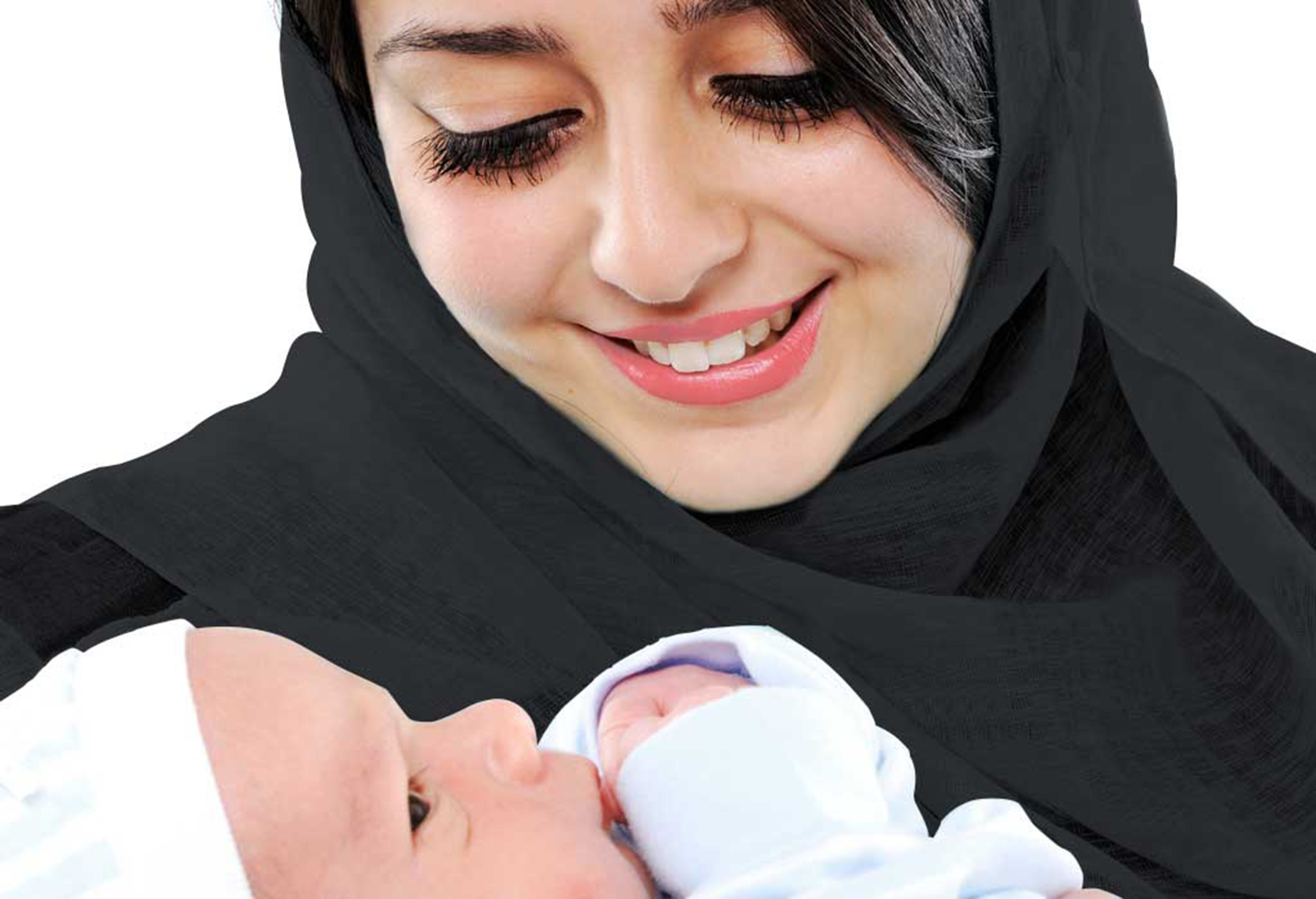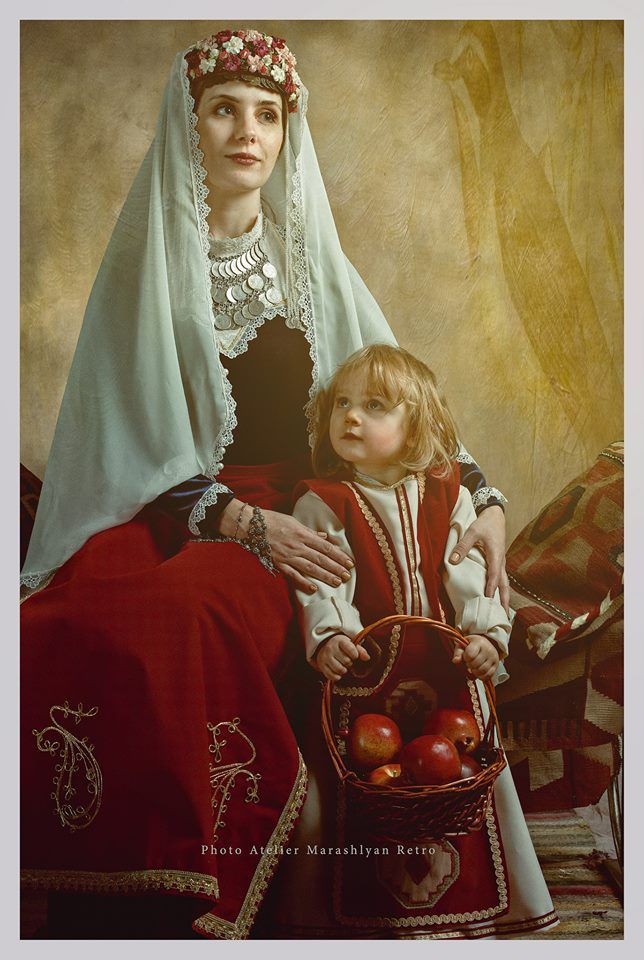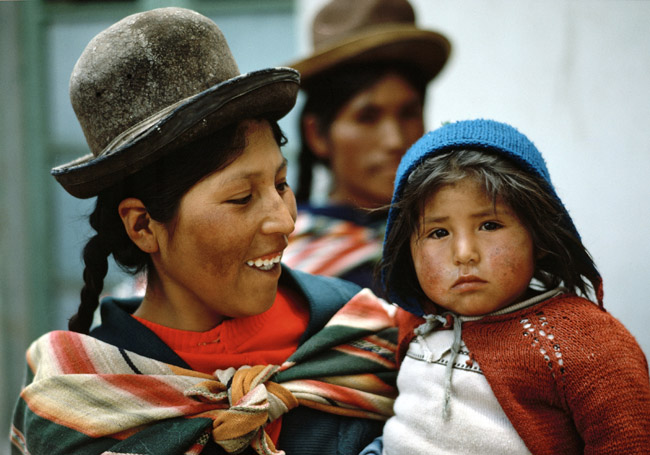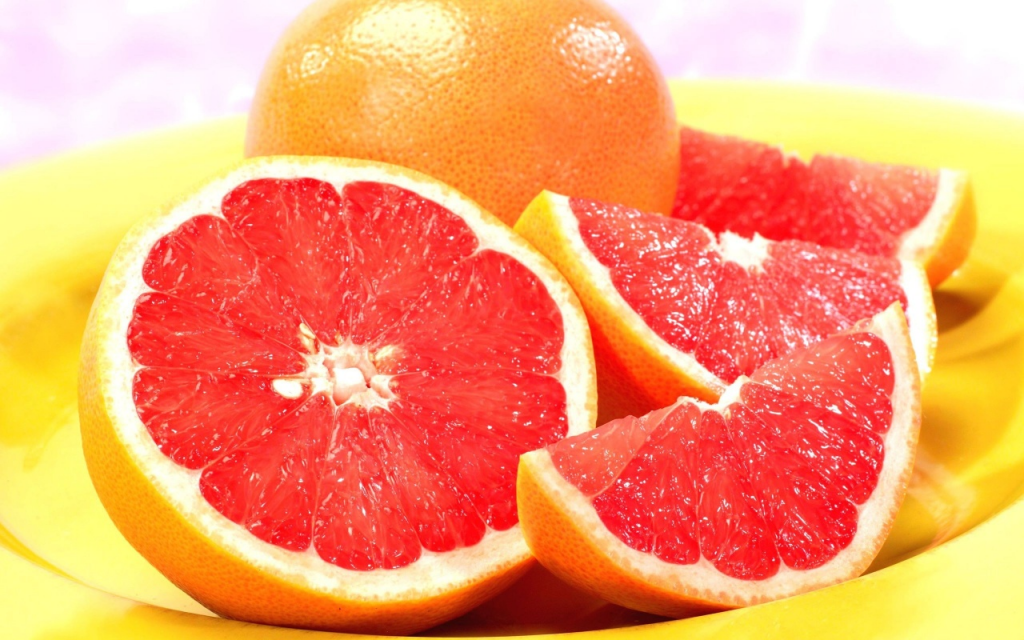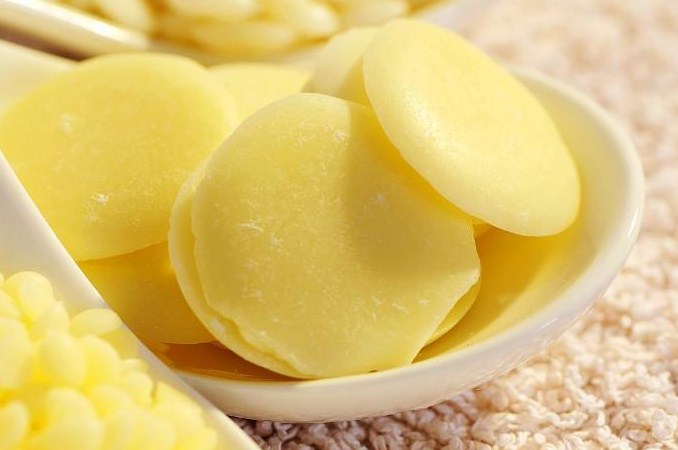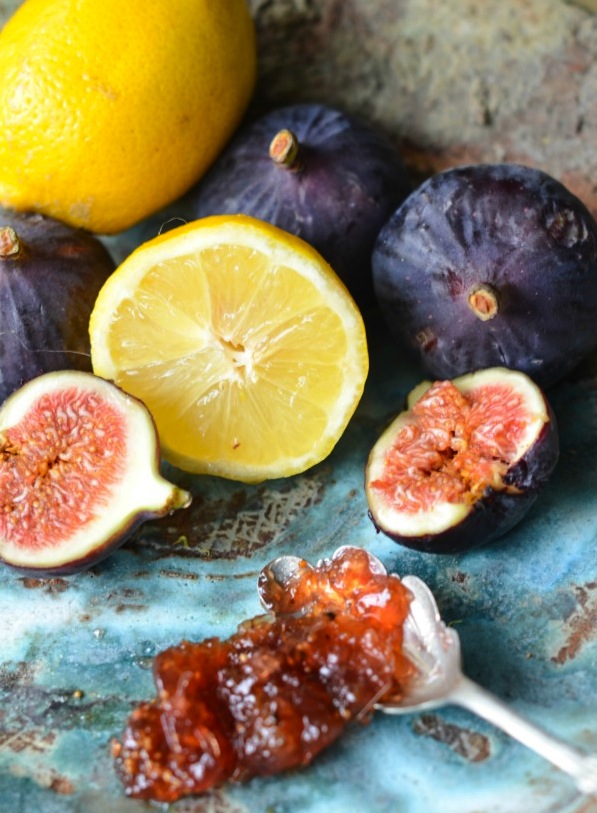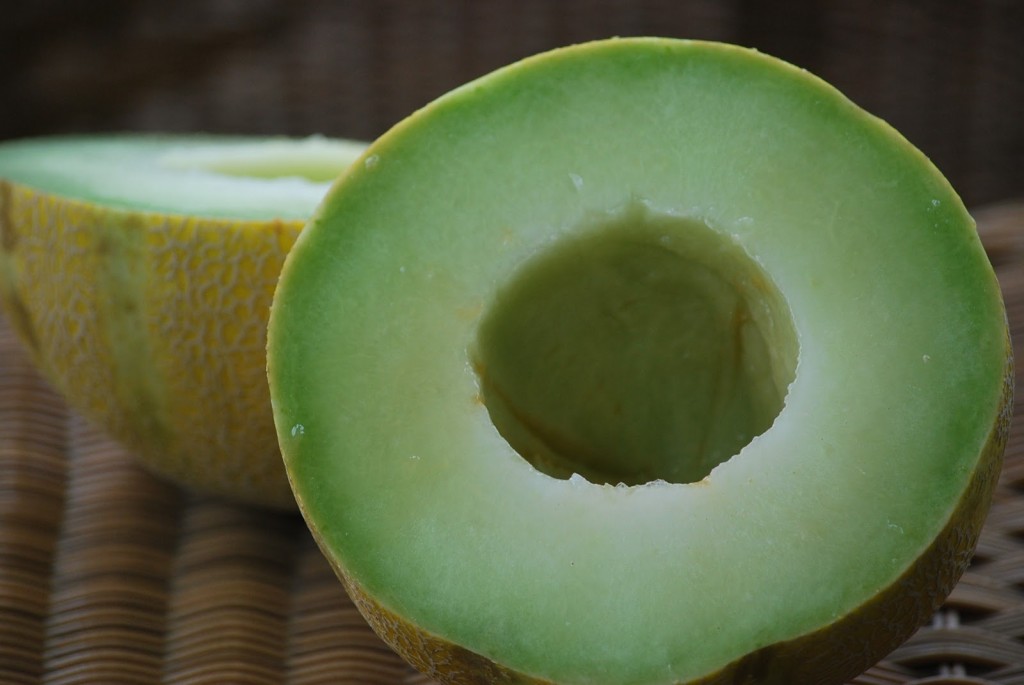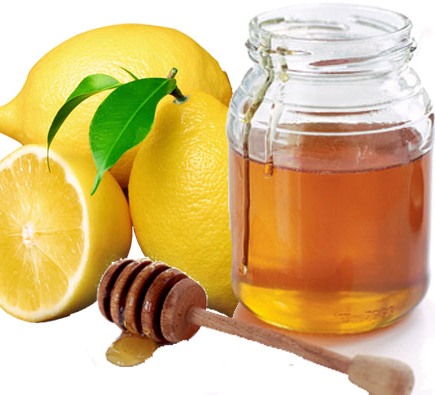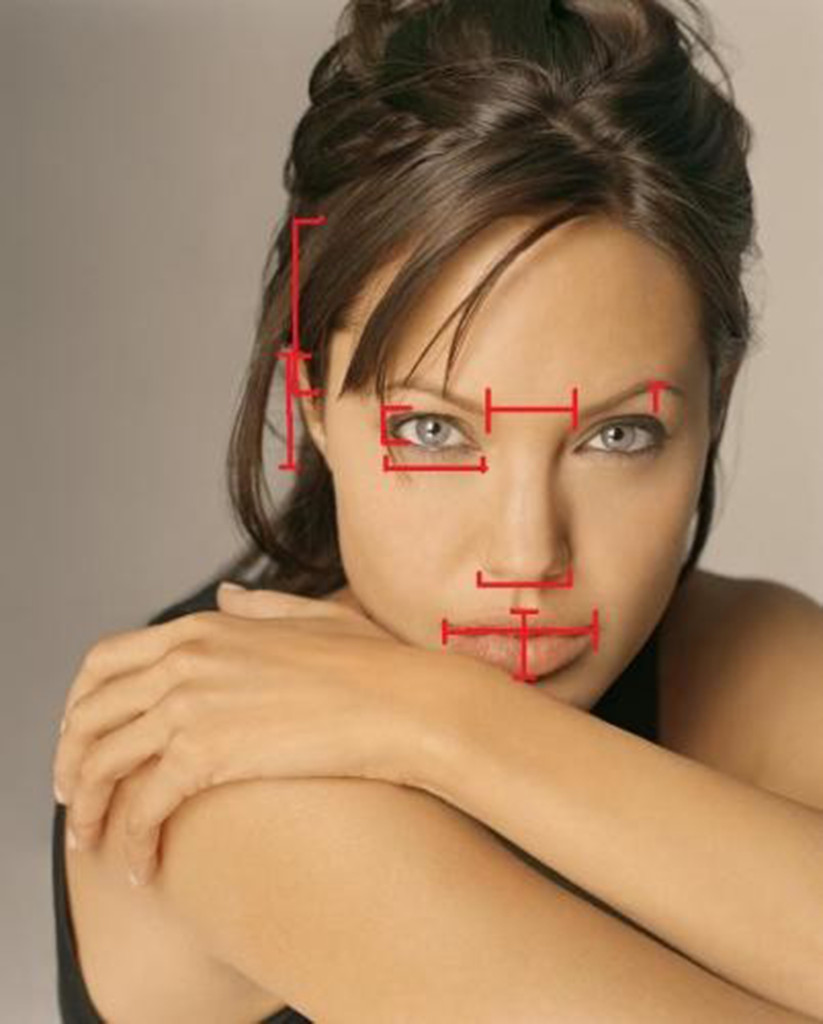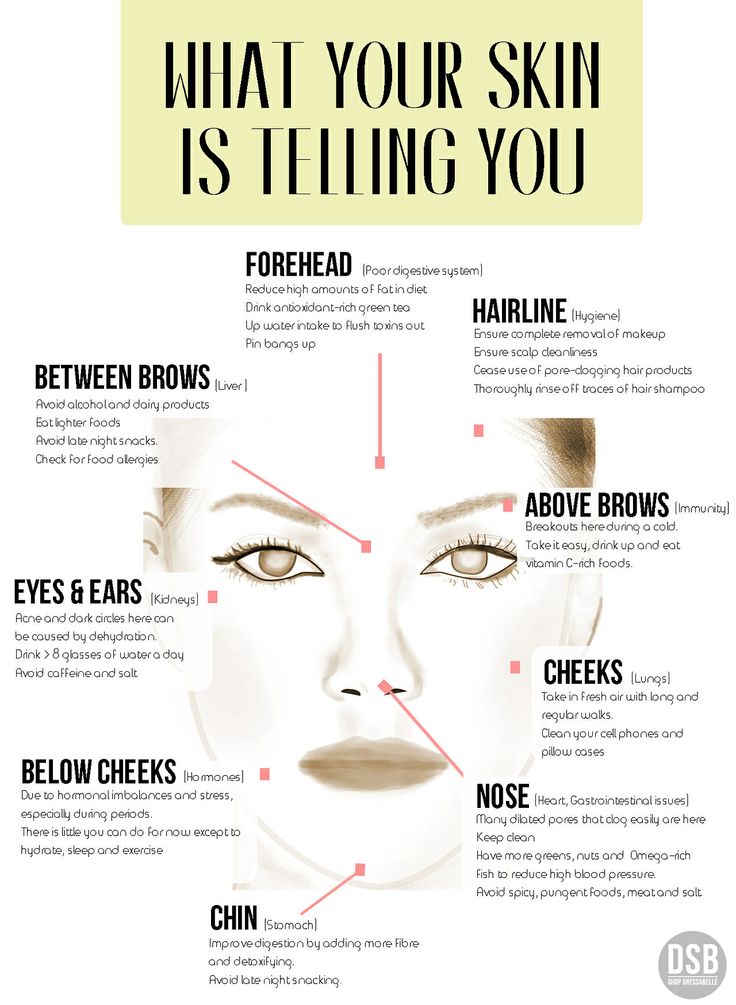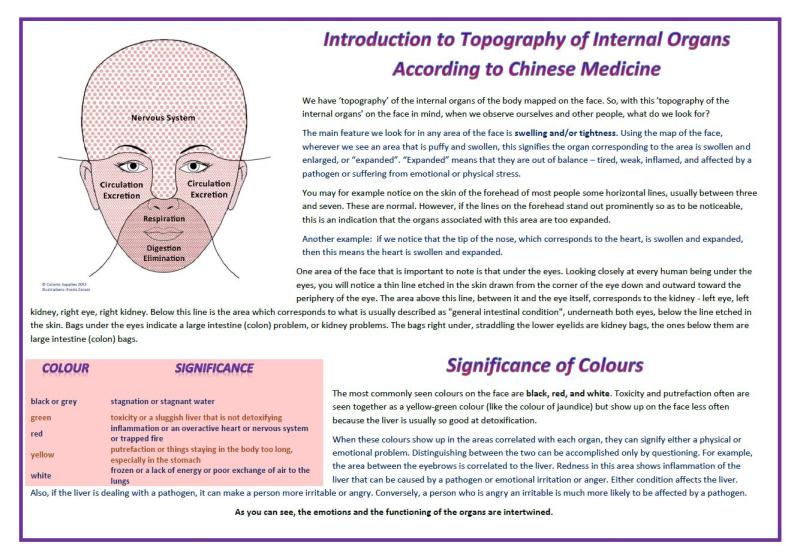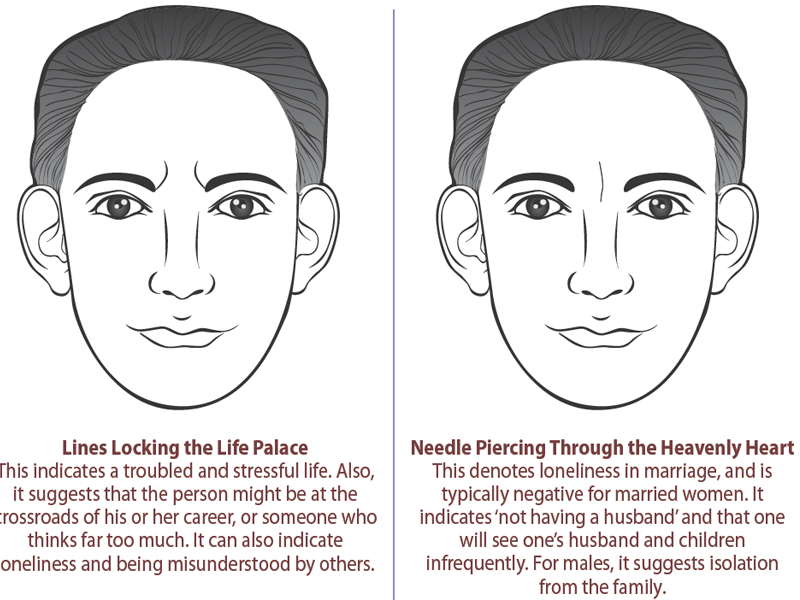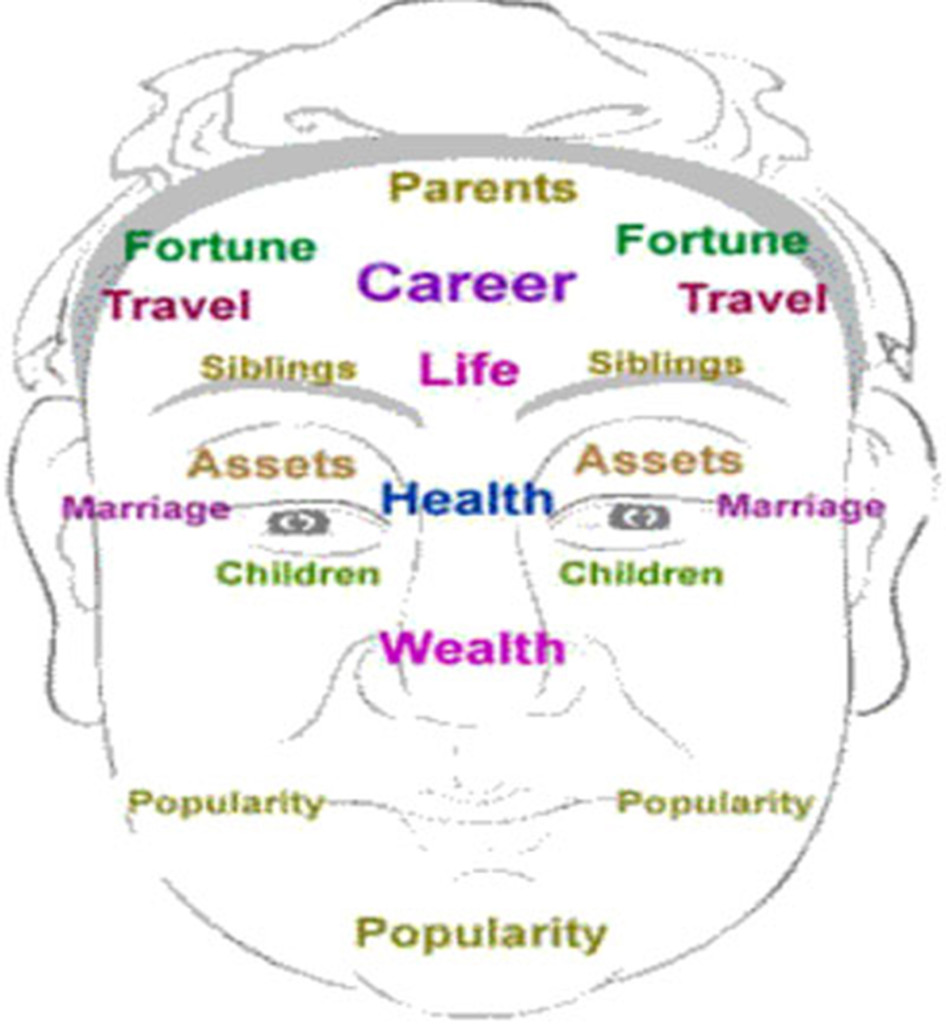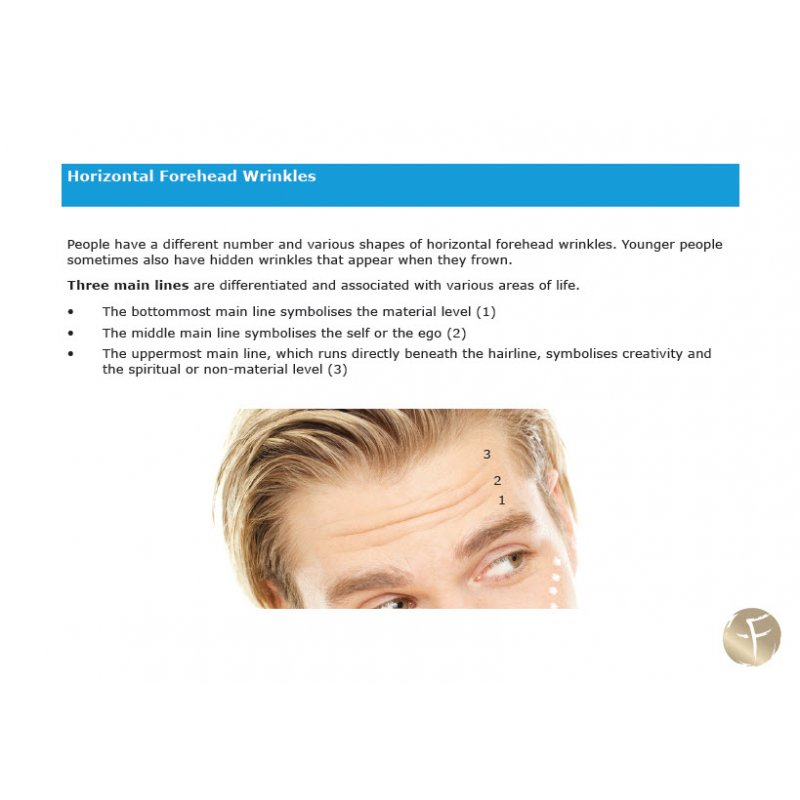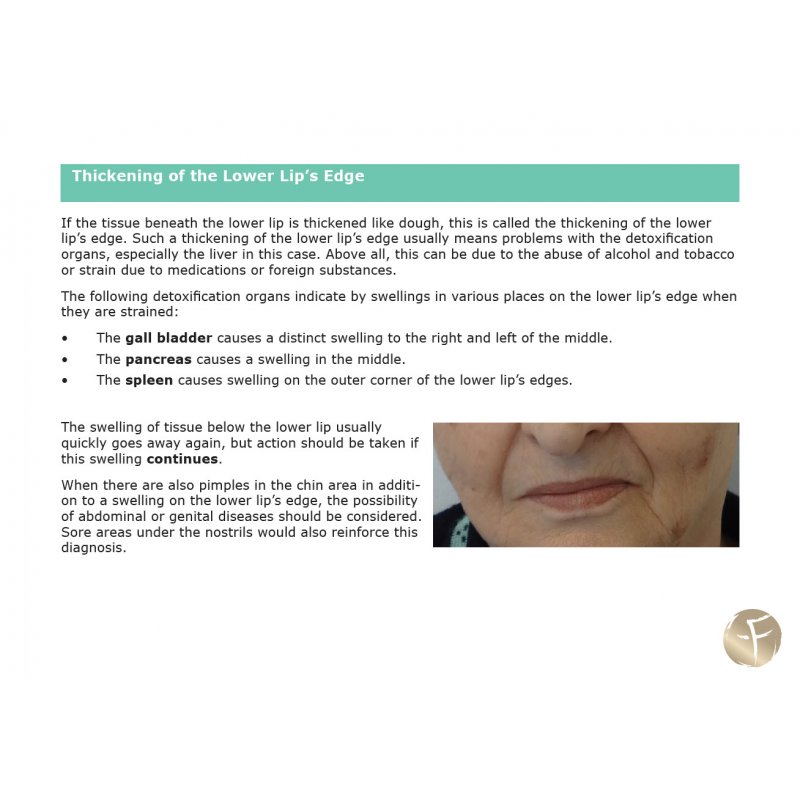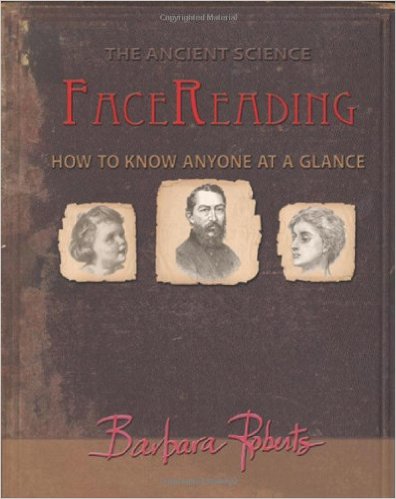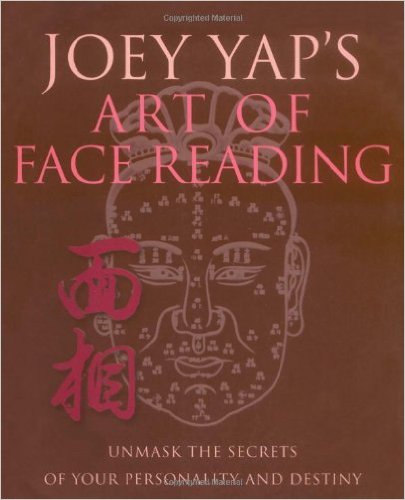05 May Mothers Day all over the world
Mothers day Around the World
With Love and Gratitude a Dedication to all Mothers
On week 45 post, I am dedicating this to my mother Ana. I wish to honor women that are in my life that I love very much and that I witness their amazing mother love, they work so hard and always there for their children here we go and please consider that is not any particular order, first or second place I just want to mention and honor them, with love to Carme Tenuta,her mother Yolanda Tenuta, Cory Cochiolo a mother to so many so thankful for her,Oriah Mirza, Jolynn Ulibarri, Katheleen Leonard, Ann Pala, Mary Norris the mother of so many, Diane Watson, Liz Skulski, Yvonne De Patis-Kupka, Vera Steimberg, Andrea Peralta, Katie Daouthit, Angela Moos, Nadege Schoenfeld, Geneva Nash-Morgan, Lisa Astorga, Patricia Michaels, Penelope Cruz, Marcella Matheson, Mina Gurung, Nancy Tong, Araceli Blanco, Patricia Arquette, Paz Vega, Robbin Benson, Amy Basler, Eva Mendes, Valery Plame, Cheryl Ann Nick, Anna Rummel Tenenbaum, and so many more that I love and appreciate and to the mothers that are in a hard place in this world, and our amazing MOTHER EARTH for giving us so much. Happy Mothers Day.
From CARME TENUTA TO HER MOMMY

Thank you for showing us, everyone the true meaning of LOVE and the importance of FAITH.
Thank you for teaching us, how to live through LOVE & FAITH. What makes all possible.
Thank you for always making us all feel special, raising 5 of your own children & and being an essential part of your 2 grandchildren lives. Every one of us grew up feeling that we were your favorite, WOW, now that’s a talent!
Thank you for teaching us that no matter what the high’s & the low’s are you LOVE unconditionally, accept everyone for who they are.
Thank you for being our strength at each pivotal point in our lives & giving us the courage & support to move forward. To chase that dream & make it our reality.
Thank you for showing us the importance of Laughter, to find Joy in life & grab all the Gusto Life has to Offer, to take Opportunities when they come our way.
Thank you for being a living proof that age is mind over matter, being the age of a young 90, you are in perfect health, because, you never stop. You have taken good care of yourself & still are, you are still driving (w/ a perfect driving record WOW) Still making your delicious & famous ravioli’s, gardening, cleaning your house & dancing whenever you can.
My Mommy, I Strive to be the Mom that you are & have been to all of us & an amazing Grandmother, Great Grandmother, & a Great Great Grandmother.
Basically, My Mommy what I want to say is Thank You for being YOU!!!
Happy Mommy’s Day To My Best Mommy ❤
My Beautiful Mother ANA IGLESIAS
My mother Ana she honestly went through so much in her life, starting with her being a humanitarian. She taught me how to accept everyone regardless their social status, color, size, believes, genders or any personal quality that a person could have it didn’t matter to her. She always was the same with everyone, I really appreciate that I was exposed to those beliefs, we travel to so many countries together and even, so she didn’t speak their languages she always managed to touch people deeply and live them with a spiritual gift. She knew so much about so many things, she was terrific with herbs and home remedies. She taught me since very little that food is our medicine and how to prepare many different meals for the various challenges and now I still find my self-doing the same for a lot of people and I smile and thank her because I know that she is letting me know what I should do and I listen.
She was an amazing fashion designer I grew up with clothes that she made me, in fact, I still have garments made by her, she was so unique in so many ways, what a reach life she lived and how many lives of others she touched an amazing human being a great mother and a grandmother to many, even when she was in hard places with her own life challenges like all of us she found a way to have fun and make magic and she did, I love you Mama we know you are here with us and will guide your little granddaughter through her life journey like you did with Macarena, Cristal and me and we all know it, thank you Mama for all you did and still do.
About My Mother by Gary Spradling from Isabel’s Beauty blog.
I am the son of a single parent, my mother. She worked so hard to bring my brother and me up. She became a mother when she was pregnant with my younger brother and going to college. I was a year and half old at that time, so I don’t remember much other than going with her to work at the college campus cafeteria. Once my brother was born she started working as a waitress in a coffee shop at a Las Vegas hotel. She worked very hard to make ends meet. She was promoted to a cocktail waitress and was able to buy her first house. She was so proud of that house, she was consistently doing little home improvements herself on her tight budget. She worked the graveyard shift (all night) so she could be there with us during the day. I don’t know how she did that for so long. I remember her coming home from work in the morning after having a good night in tips and telling us “Let’s go to Disneyland!” with a huge smile on her face and being so excited for us. There were several of those kinds of trips growing up, and we had a blast. I remember her always working so hard to make enough to provide for us and give us the best childhood possible. She even found time to put us in sports, private music lessons, and take us to our favorite places around town. She would fully support our hobbies and interests like Rocketry, BMX, or Martial Arts. When we got a little older, she started a small business, an Arts and Crafts store. She would work all night at her cocktail waitress job and work at her store during the day, again I don’t know where she found the energy to do all that. She was always looking to improve our situation without jeopardizing her current income security. It felt to me that everything she did she was to make our lives better. She somehow even found a way for me to go to college out of state. Once my brother and I were old enough to move away from home, she went to school to become a massage therapist. Once she graduated she was so good at massage therapy and business, she opened her own massage school and her own Day Spa. The Spa was extremely successful and was voted best spa in Las Vegas for many years. I am always thankful that I was lucky enough to have Paula Spradling as my mother. She had what I later learned was called unconditional love for us. Thank you, Mom, I love you.
Mother Is Universal
According to: http://www.todayifoundout.com/index.php/2014/11/ curious-origins-words-mom-dad/
The word MOTHER can be traced back to the 1800s for “mom.”As with so many etymologies, where these words were first uttered and by whom is a mystery still. The word “mom,” is a slightly different story and it’s widely believed that the word was born from the much older word “mamma” which itself can be traced back to the 1500s in the English language.
This can be traced back to Latin where “mamma” meant “breast” or “teat.” From this word, we also got the word “mammalian” and later “mammal” to describe animals that suckle their babies.
This brings us to the fantastic part a word remarkably similar to “mom” occurs in almost every language on Earth. We don’t mean that there is a word for “mom” in every language; we mean that the word for “mom” is shockingly similar across nearly all of the most commonly spoken languages on Earth right now.
For example, if you wanted to address your mother in Dutch, you’d say “Moeder,” if you were to travel to Germany, on the other hand, you’d call her “mutter” while over in Italy you can call her, “Madre,” in Spain Mama. So let’s mix things up a bit and list the words for mom or mother in more languages, shall we say, “exotic” languages, from an English speaker’s point of view, and see if you start to notice a pattern:
Mothers from around the world how beautiful
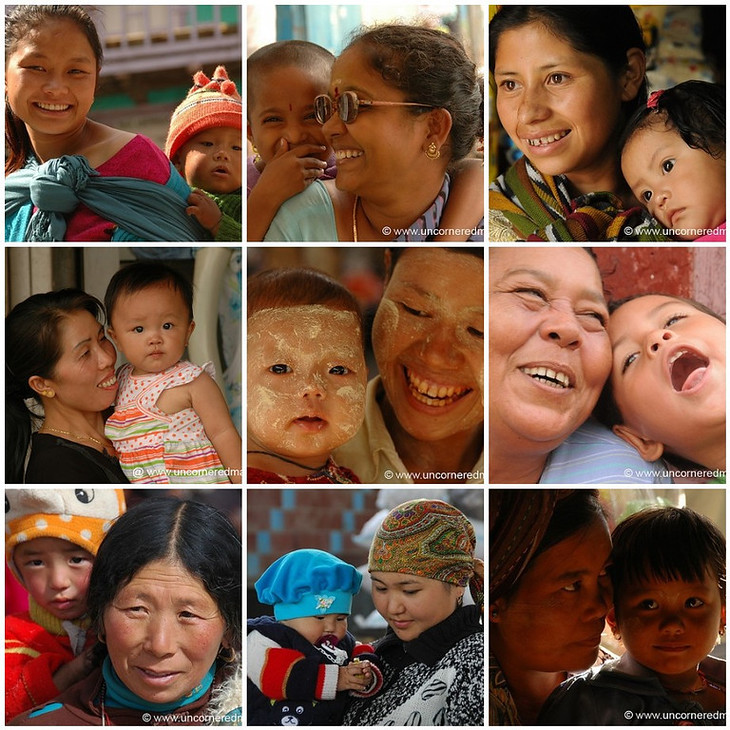
Ways Of Saying Mother In Different Languages
1 Afrikaans: Moeder, Ma
2 Albanian: Nënë, Mëmë
3 Arabic: Ahm
4 Aragones: Mai
5 Asturian: Ma
6 Aymara: Taica
7 Azeri (Latin Script): Ana
8 Basque: Ama
9 Belarusan: Matka
10 Bergamasco:Màder
11 Bolognese:Mèder
12 Bosnian:Majka
13 BrazilianPortuguese:Mãe
14 Bresciano:Madèr
15 Breton:Mamm
16 Bulgarian:Majka
17 Byelorussian:Macii
18 Calabrese:Matre,Mamma
19 Caló:Bata,Dai
20 Catalan:Mare
21 Cebuano:Inahan,Nanay
22 Chechen:Nana
23 Croatian:Mati,Majka
24 Czech:Abatyse
25 Danish:Mor
26 Dutch:Moeder,Moer
27 Dzoratâi:Mére
28 English:Mother,Mama,Mom
29 Esperanto:Patrino,Panjo
30 Estonian:Ema
31 Faeroese:Móðir
32 Finnish:Äiti
33 French:Mère,Maman
34 Frisian:Emo,Emä,Kantaäiti,Äiti
35 Furlan:Mari
36 Galician:Nai
37 German:Mutter
38 Greek:Màna
39 Griko:Salentino,Mána
40 Hawaiian:Makuahine
41 Hindi:Ma,Maji
42 Hungarian:Anya,Fu
43 Icelandic:Móðir
44 Ilongo:Iloy,Nanay,Nay
45 Indonesian:Induk, Ibu, Biang, Nyokap
46 Irish:Máthair
47 Italian:Madre,Mamma
48 Japanese:Okaasan,Haha
49 JudeoSpanish:Madre
50 Kannada:Amma
51 Kurdish:KurmanjiDaya
52 Ladino:Uma
53 Latin:Mater
54 Leonese:Mai
55 Ligurian:Maire
56 Limburgian:Moder,Mojer,Mam
57 Lingala:Mama
58 Lithuanian:Motina
59 Lombardo Occidentale: Madar
60 Lunfardo:Vieja
61 Macedonian:Majka
62 Malagasy:Reny
63 Malay:Emak
64 Maltese:Omm
65 Mantuan:Madar
66 Maori:Ewe,Haakui
67 Mapunzugun:Ñuke,Ñuque
68 Marathi:Aayi
69 Mongolian:`eh
70 Mudnés:Medra,mama
71 SardinianLogudoresu:Madre,Mamma
72 Neapolitan:Mamma
73 Serbian:Majka
74 Norwegian:Madre
75 Shona:Amai
76 Occitan:Maire
77 Sicilian: Matri
78 Old Greek: Mytyr
79 Slovak: Mama, Matka
80 Parmigiano: Mädra
81 Slovenian: Máti
82 Persian: Madr, Maman
83 Spanish: Madre, Mamá, Mami
84 Piemontese Mare
85 Swahili: Mama, Mzazi, Mzaa
86 Polish:Matka,Mama
87 Swedish:Mamma,Mor,Morsa
88 Portuguese:Mãe
89 SwissGerman:Mueter
90 Punjabi:Mai,Mataji,Pabo
91 Telugu:Amma
92 Quechua:Mama
93 Triestino:Mare
94 Rapanui:Matu’aVahine
95Turkish:Anne,Ana,Valide
96 Reggiano:Mèdra
97 Turkmen:Eje
98 Romagnolo:Mèder
99 Ukrainian:Mati
100 Romanian:Mama,Maica
101 Urdu:Ammee
102 Romansh:Mamma
103 Valencian:Mare
104 Venetian:Mare
105Russian: Mat’
106 Viestano:Mamm’
107 Saami:Eadni
108 Vietnamese:me
109 Samoan:Tina
110Wallon:Mére
111 Sardinian(LimbaSardaUnificada):Mama
112 Welsh:Mam
113 Sardinian Campidanesu:mamai
114 Yiddish:Muter
115 Zeneize:Moæ

Generations of mothers from around the world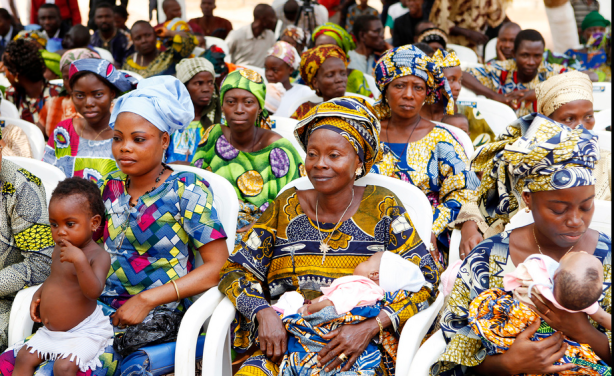
As you can clearly see from this list, there’s a very peculiar and definite trend with “mom” in various languages in that it’s nearly universally pronounced with an “m” sound. With a few exceptions, our favorite of which is the Mapunzugun “Ñuke,” you’ll note that they pretty much all employ an “m” and often a “ma” sound all across the board.
As to why the “ma” sound in derivations like “mamma” came to be assigned to women instead of men, it is generally thought that it is derived from the sound babies make while suckling or feeding from their mother’s breasts. It’s noted that the only sound a baby can really make while its mouth is full of his or her mother’s life-giving bosom is a “slight nasal murmur” or a repeated “m” sound I personally had the experience and loved it.
The meaning of being a mother is so vast. A mother is a teacher, a protector, disciplinarian, and friend. A mother is a selfless person, who must sacrifice many of her wants and needs for the wants and needs of her children. A mother works all of her to make sure her child is equipped with the knowledge, skills, and abilities to make it safely as a fulfilled, healthy, happy human being. She is uncharged of teaching her children social skills. Being a mother is perhaps the most dedicated and most rewarding job that a woman will ever experience, and I love it even in the times of teenager when I could not see through it. I always remember thinking how much I love my child.
Mother’s Love Unconditional Love
From the day a child is born, a child will test your patience. No matter what they do or say, being a mother means you will love your child unconditionally. Children who receive love and attention from their mother are less likely later on to fall in love with someone who offers love conditionally and has similarities to her, whether with behavior control or abuse, so keeping that in mind is easier to understand certain people’s behaviors and at the same time ours.
Safety and Security
When a woman becomes pregnant, it is their responsibility to provide a safe and secure environment while her baby grows. This responsibility continues once she becomes a mother, whether it’s ensuring her child has a roof over its head to keep monsters away at night, walking next to them in their life path and everything in between. Providing their child with a safe and secure environment protects them from abuse and harm as well as help boost their child’s mental and emotional development. She provides a safe, healthy environment for children by reducing risks and stress as well as teaching them what is harmful to life and how to create healthy boundaries for themselves.
She is a teacher and Disciplinarian
Being a mother means being there to teach your child essential rules and roles of life, from being an empathetic human being to learning how to be responsible for one’s actions. As the child grows up, they are going to face an onslaught of differing thoughts, opinions, and values from their friends, the movies, internet, television, and magazines their views about themselves and that is deeply carved out of what the parenting programming is. A mother will help guide their child to figure out their goals and values in life as well as teach them the importance of an education, manners and more. A mother will also discipline their child, a skill that will benefit children throughout their life as well as at school, work and life at home and their self-boundaries.
Celebrating all the different kinds of mothers
The unconditional love of mothers
Everyone deserves the chance to love and give love to raise a life no matter what social, gender or religious believes the love accepts all and the is my belief, our daughters and of my mother and it will never be anything else, that is the only way everyone is entitle LOVE.
 According to http://en.wikipedia.org/wiki/Mother’s_Day
According to http://en.wikipedia.org/wiki/Mother’s_Day
The celebration of Mother’s Day started in the United States in the early 20th century. Mother’s Day is not related to the many celebrations of mothers and motherhood that have occurred throughout the world over thousands of years. The Greek cult to Cybele, the Roman festival of Hilaria, or the Christian Mothering Sunday celebration (originally a celebration of the mother church, not motherhood). Aside from this, in some countries Mother’s Day has become synonymous with these older celebrations. Once a significant tradition in the United Kingdom and parts of Europe, this celebration fell on the fourth Sunday in Lent and was initially seen at a time when the patrons would return to their “mother church”—the main church in the vicinity of their home for a unique service.
The modern American holiday of Mother’s Day was first celebrated in 1908 when Anna Jarvis held a memorial for her mother in Grafton, West Virginia. Her campaign to make “Mother’s Day” a recognized holiday in the United States began in 1905, the year her beloved mother, Ann Reeves Jarvis, died. Anna’s mission was to honor her own mother by continuing work she had started and to set aside a day to honor mothers, “the person who has done more for you than anyone in the world.” Anna’s mother, Ann Jarvis, was a peace activist who had cared for wounded soldiers on both sides of the Civil War and created Mother’s Day Work Clubs to address public health issues.
Due to the campaign efforts of Anna Jarvis, several states officially recognized Mother’s Day, the first in 1910 being West Virginia, Jarvis’ home state. In 1914 Woodrow Wilson signed the proclamation creating Mother’s Day, the second Sunday in May, as a national holiday to honor mothers.
By the early 1920’s, Hallmark and other companies had started selling Mother’s Day cards. Jarvis’s holiday was adopted by other countries, and it is now celebrated all over the world.
Another precursor to Mother’s Day came from the abolitionist and suffragette Julia Ward Howe. In 1870 Howe wrote the “Mother’s Day Proclamation,” a call to action that asked mothers to unite in promoting world peace. In 1873 Howe campaigned for a “Mother’s Peace Day” to be celebrated every
June 2. Other early Mother’s Day pioneers include Juliet Calhoun Blakely, a temperance activist who inspired a local Mother’s Day in Albion, Michigan, in the 1870s. The duo of Mary Towles Sasseen and Frank Hering, meanwhile, both worked to organize a Mothers’ Day in the late 19th and early 20th centuries. Some have even called Hering “the father of Mothers’ Day.”
Let’s Celebrate Mother Earth
MOTHER’S DAY: CELEBRATIONS AND TRADITIONS
While versions of Mother’s Day are celebrated throughout the world, traditions vary depending on the country. In Thailand, for example, Mother’s Day is always celebrated in August on the birthday of the current queen, Sirikit. Another alternate observance of Mother’s Day can be found in Ethiopia, where families gather each fall to sing songs and eat a massive feast as part of Antrosht, a multi-day celebration honoring motherhood.
According to http://www.mothersdaycelebration.com/ mothers-day-history.html
Millions of people across the globe take the day as an opportunity to honor their mothers, thank them for their efforts in giving them life, raising them and being their constant support and well wisher.
Mother’s Day
is a celebration honoring the mother of the family, as well as motherhood, maternal bonds, and the influence of mothers in society. It is celebrated on various days in many parts of the world, most commonly in March or May. It complements similar celebrations honoring family members, such as Father’s Day and Siblings Day.
The celebration of Mother’s Day began in the United States in the early 20th century. And it is not related to the many celebrations of mothers and motherhood that have occurred throughout the world over thousands of years, such as the Greek cult to Cybele, the Roman festival of Hilaria, or the Christian Mothering Sunday celebration (originally a commemoration of the mother church, not motherhood). Despite this, in some countries, Mother’s Day has become synonymous with these older traditions.
The modern American holiday of Mother’s Day was first celebrated in 1908 when Anna Jarvis held a memorial for her mother at St Andrew’s Methodist Church in Grafton, West Virginia. Today St Andrew’s Methodist Church now holds the International Mother’s Day Shrine. Her campaign to make “Mother’s Day” a recognized holiday in the United States began in 1905, the year her mother, Ann Reeves Jarvis, died. Ann Jarvis had been a peace activist who cared for wounded soldiers on both sides of the American Civil War and created Mother’s Day Work Clubs to address public health issues. Anna Jarvis wanted to honor her mother by continuing the work she started and to set aside a day to honor all mothers because she believed that they were “the person who has done more for you than anyone in the world”.
In 1908, the US Congress rejected a proposal to make Mother’s Day an official holiday, joking that they would have to proclaim also a “Mother-in-law’s Day.” However, owing to the efforts of Anna Jarvis, by 1911 all US states observed the holiday, with some of them officially recognizing Mother’s Day as a local holiday, the first being West Virginia, Jarvis’ home state, in 1910. In 1914, Woodrow Wilson signed a proclamation designating Mother’s Day, held on the second Sunday in May, as a national holiday to honor mothers.
Although Jarvis was successful in founding Mother’s Day, she became resentful of the commercialization of the holiday. By the early 1920s, Hallmark Cards and other companies had started selling Mother’s Day cards. Jarvis believed that the companies had misinterpreted and exploited the idea of Mother’s Day and that the emphasis of the holiday was on sentiment, not profit. As a result, she organized boycotts of Mother’s Day and threatened to issue lawsuits against the companies involved. Jarvis argued that people should appreciate and honor their mothers through handwritten letters expressing their love and gratitude, instead of buying gifts and pre-made cards. Jarvis protested at a candy makers’ convention in Philadelphia in 1923, and at a meeting of American War Mothers in 1925. By this time, carnations had become associated with Mother’s Day, and the selling of carnations by the American War Mothers to raise money angered Jarvis, who was arrested for disturbing the peace.
While the United States holiday was adopted by some other countries, existing celebrations, held on different dates, honoring motherhood have become described as “Mother’s Day” Such as Mothering Sunday in the United Kingdom or, in Greece, the Eastern Orthodox celebration of the presentation of Jesus Christ to the temple (2 February of Julian Calendar). Both the secular and religious Mother Day are present in Greece. Mothering Sunday is often referred to as “Mother’s Day” even though it is an unrelated celebration.
In some parts of the world, the date adopted is significant to the majority religion, such as Virgin Mary Day in Catholic countries. Other countries selected a time with historical significance. For example, Bolivia’s Mother’s Day is the date of a battle in which women participated. See the “International history and tradition” section for the complete list.
Ex-communist countries usually celebrated the Socialist International Women’s Day instead of the more capitalist Mother’s Day. Some ex-communist countries, such as Russia, still follow this custom[ or simply celebrate both holidays, which is the custom in Ukraine. Kyrgyzstan has recently introduced Mother’s Day, but International Women’s Day remains a more widely favorite holiday.
Mother’s Day has different meanings, is associated with various events (religious, historical or legendary), and is celebrated on different dates. The extent of the celebrations varies greatly. In some countries, it is potentially offensive to one’s mother not to mark Mother’s Day.
Religion
In the Roman Catholic Church, the holiday is strongly associated with and revering the Virgin Mary. In some Catholic homes, families have a special shrine devoted to the Blessed Virgin Mary. In many Eastern Catholic and Eastern Orthodox Churches, a particular prayer service is held in honor of the Theotokos Virgin Mary.
In Islam, there is no concept of Mother’s Day, but mothers hold a very high position in religious matters. According to the Quran, Heaven is said to be found under a mother’s feet, meaning that one can attain admission into heaven after death if they are caring and loving sons to their mothers.
In Hindu tradition, Mother’s Day is called “Mata Tirtha Aunshi” or “Mother Pilgrimage fortnight,” and is celebrated in countries with a Hindu population, especially in Nepal. The holiday is observed on the new moon day in the month of Baisakh, i.e., April/May. This celebration is based on Hindu religion and it pre-dates the creation of the US-inspired holiday by at least a few centuries.
In Buddhism, the festival of Ullambana is derived from the story of Maudgalyayana and his mother.
Mother’s Day By Country
Arab world
Mother’s Day in most Arab countries is celebrated on 21 March. It was introduced in Egypt by journalist Mustafa Amin and was first honored in 1956. The practice has since been copied by other Arab countries.
Argentina
In Argentina, Mother’s Day is celebrated on the third Sunday of October. The holiday was originally celebrated on 11 October, the old liturgical date for the celebration of the Maternity of the Blessed Virgin Mary but after the Second Vatican Council, which moved the Virgin Mary festivity to 1 January, the Mother’s Day started to be celebrated the third Sunday of October because of favorite tradition. Argentina is the only country in the world that celebrates Mother’s Day on this date.
Armenia
In Armenia, Mother’s Day is celebrated on 8 March, and on 7 April as Maternity and Beauty Day.
Australia
In Australia, Mothers Day is celebrated with a lot of enthusiasm and joy. It falls on the same day as in the US – on the second Sunday in May and is celebrated similarly as in the US. People of Australia take Mothers Day as an opportunity to express gratitude to their mother. Children show love to their moms by gifting flowers and cards to them.
Just as in the US, there is a tradition of wearing a carnation on Mothers Day in Australia. A colored carnation signifies that a person’s mother is living while a white carnation is used to honor a deceased mother. Besides their own mothers, children honor their grandmothers and other women who love and care for them as a mother does. Children ponder over the role of mothers in their lives and acknowledge the hardships their mother go through while raising them up. As a mark of respect children pamper their mother on Mothers Day by treating them with breakfast on bed and with gifts and cakes.
Belarus
Belarus celebrates Mother’s Day on 14 October. Like other ex-Communist republics, Belarus used to celebrate only the International Women Day on 8 March. Mother’s Day in Belarus was officially established by the Belarus government, and it was honored for the first time in 1996. The celebration of the Virgin Mary (the holiday of Protection of the Holy Mother of God) is celebrated in the same day.
Belgium
In Belgium, Mother’s Day (Moederdag or Moederkesdag in Dutch and Fête des Mères in French) is celebrated on the second Sunday of May. In the week before this holiday children make little presents at primary school, which they give to their mothers in the early morning of Mother’s Day. Typically, the father will buy croissants and other sweet bread and pastries and bring these to the mother while she is still in bed – the beginning of a day of pampering for the mother. There are also many people who celebrate Mother’s Day on 15 August instead; these are mostly people around Antwerp, who consider that day (Assumption) the classical Mother’s Day and the observance in May an invention for commercial reasons. It was initially established on that day as the result of a campaign by Frans Van Kuyck, a painter, and Alderman from Antwerp.
Bolivia
In Bolivia, Mother’s Day is celebrated on 27 May. El Día de la Madre Boliviana was passed into law on 8 November 1927, during the presidency of Hernando Siles Reyes. The date commemorates the Battle of La Coronilla, which took place on 27 May 1812, during the Bolivian War of Independence, in what is now the city of Cochabamba. In this battle, women fighting for the country’s independence were slaughtered by the Spanish army. It is not a public holiday, but all schools hold activities and festivities throughout the day.
Brazil
In Brazil, Mother’s Day is celebrated on the second Sunday of May. The first Mother’s Day in Brazil was promoted by Associação Cristã de Moços de Porto Alegre (Young Men’s Christian Association of Porto Alegre) on 12 May 1918. In 1932, then President Getúlio Vargas made the second Sunday of May the official date for Mother’s Day. In 1947, Archbishop Jaime de Barros Câmara, Cardinal-Archbishop of Rio de Janeiro, decided that this holiday would also be included in the official calendar of the Catholic Church.
Mother’s Day is not an official holiday (see Public holidays in Brazil), but it is widely observed and typically involves spending time with and giving gifts to one’s mother. Because of this, it is considered one of the celebrations most related to consumerism in the country, second only to Christmas Day as the most commercially lucrative holiday.
Canada
In the North American country of Canada, Mothers Day is the most popular festival after Christmas and Valentines Day. Just as in the USA, Mothers Day in Canada is celebrated on the second Sunday in May. People pay tribute to their mothers on the day and thank them for their constant support and love. In Canada, cards and flowers are the most commonly used methods of expressing love for moms.
As Mothers Day is a festival with strong emotional value, it has been commercialized to a large extent with compelling advertising strategies in the technologically advanced country of Canada. Sale of cards breaks all records on mothers day. Many people also take their mothers out to dinner on Mothers Day and bake special cakes for them. Mothers are also pampered with gifts and day off from the kitchen by their loving children.
Caring children make it a point to greet Mothers Day to their own moms, grandmothers and to women who are like their mothers. Those staying away from their mothers visit them and make them feel special. While those who cannot pay a visit call on the phone. No wonder, phone traffic is highest on the occasion of Mothers Day.
China
 Mother’s Day is becoming more popular in China. Carnations are a very popular Mother’s Day gift and the most sold flowers that day. In 1997 Mother’s Day was set as the day to help poor mothers and to remind people of the poor mothers in rural areas such as China’s western region. In the People’s Daily, the Chinese government’s official newspaper, an article explained that “despite originating in the United States, people in China accept the holiday without hesitation because it is in line with the country’s traditional ethics – respect for the elderly and filial piety towards parents.”
Mother’s Day is becoming more popular in China. Carnations are a very popular Mother’s Day gift and the most sold flowers that day. In 1997 Mother’s Day was set as the day to help poor mothers and to remind people of the poor mothers in rural areas such as China’s western region. In the People’s Daily, the Chinese government’s official newspaper, an article explained that “despite originating in the United States, people in China accept the holiday without hesitation because it is in line with the country’s traditional ethics – respect for the elderly and filial piety towards parents.”
In recent years, the Communist Party member Li Hanqiu began to advocate for the official adoption of Mother’s Day in memory of Meng Mu, the mother of Mèng Zǐ. He formed a non-governmental organization called Chinese Mothers’ Festival Promotion Society, with the support of 100 Confucian scholars and lecturers of ethics. Li and the Society want to replace the Western-style gift of carnations with lilies, which, in ancient times, were planted by Chinese mothers when children left home.Mother’s Day remains an unofficial festival, except in a small number of cities.Czech Republic
In the Czech Republic, Mother’s Day is celebrated every second Sunday in May. It started in former Czechoslovakia in 1923. The promoter of this celebration was Alice Masaryková. After World War II communists replaced Mother’s Day with International Woman’s Day, celebrated on 8 March. Former Czechoslovakia celebrated Women’s Day until the Velvet Revolution in 1989. After the split of the country in 1993, the Czech Republic started celebrating Mother’s Day again.
Egypt
Mother’s Day in Egypt is celebrated on the 21 of March, the first day of spring in the northern hemisphere. It was introduced in Egypt by journalist Mustafa Amin in his book Smiling America (1943). The idea was overlooked at the time. Later Amin heard the story of a widowed mother who devoted her whole life to raising her son until he became a doctor. The son then married and left without showing any gratitude to his mother. Hearing this, Amin grew motivated to promote “Mother’s Day.” The idea was first ridiculed by president Gamal Abdel Nasser, but he eventually accepted it and Mother’s Day was first celebrated on 21 March 1956. The practice has since been copied by other Arab countries.
When Mustafa Amin was arrested and imprisoned, there were attempts to change the name of the holiday from “Mother’s Day” to “Family Day” as the government wished to prevent the occasion from reminding people of its founder. These attempts were unsuccessful, and celebrations continued to be held on that day; classic songs celebrating mothers remain famous to this day.
Ethiopia
Mother’s Day is celebrated for three days in Ethiopia, after the end of rainy season. It comes in mid-fall where people enjoy a three-day feast called “Antrosht.”
For the feast, ingredients will be brought by the children for a traditional hash recipe. The components are divided into genders, with girls bringing spices, vegetables, cheese, and butter, while the boys bring a lamb or bull. The mother hands out to the family the hash.
A celebration takes place after the meal. The mothers and daughters anoint themselves using butter on their faces and chests. While honoring their family and heroes, men sing songs.
Estonia
In Estonia, Mother’s Day (emadepäev in Estonian) is celebrated on the second Sunday of May. It is recognized nationally but is not a public holiday.
France
In France, amidst alarm at the low birth rate, there were attempts in 1896 and 1904 to create a national celebration honoring the mothers of large families. In 1906 ten mothers who had nine children each was given an award recognizing “High Maternal Merit” (“Haut mérite maternal”). American World War I soldiers fighting in France popularized the US Mother’s Day holiday created by Anna Jarvis. They sent so much mail back to their country for Mother’s Day that the Union Franco-Américaine created a postal card for that purpose. In 1918, also inspired by Jarvis, the town of Lyon wanted to celebrate a “journée des Mères”, but instead decided to celebrate a “Journée Nationale des Mères de familles nombreuses.” The holiday was more inspired by anti-depopulation efforts than by the US holiday, with medals awarded to the mothers of large families. The French government made the day official in 1920 as a day for mothers of large families. Since then the French government awards the Médaille de la Famille française to mothers of large families.
In 1941, by the initiative of Philippe Pétain, the wartime Vichy government used the celebration in support of their policy to encourage larger families, but all mothers were now honored, even mothers with smaller families.
In 1950, after the war, the celebration was reinstated. The law of 24 May 1950 required that the Republic pay official homage to French Mothers on the last Sunday in May as the “Fête des Mères” (except when Pentecost fell on that day, in which case it was moved to the first Sunday in June).
During the 1950s, the celebration lost all its patriotic and natalist ideologies and became heavily commercialized.
In 1956, the celebration was given a budget and integrated into the new Code de l’action Sociale et des familles. In 2004 responsibility for the holiday was transferred to the Minister responsible for families.
Georgia
Georgia celebrates Mother’s Day on 3 March. It was declared by the first President of Georgia Zviad Gamsakhurdia in order to replace the International Women Day, and it was officially approved by the Supreme Council in 1991. Nowadays Georgia celebrates both Mother’s Day on 3 March and International Women’s Day on 8 March.
Germany
Mother’s Day cake in Germany
In the 1920s, Germany had the lowest birthrate in Europe, and the declining trend was continuing. This was attributed to women’s participation in the labor market. At the same time, influential groups in society (politicians of left and right, churchwomen, and feminists) believed that mothers should be honored but could not agree on how to do so. However, all groups strongly agreed on the promotion of the values of motherhood. In 1923, this resulted in the unanimous adoption of Muttertag, the Mother’s Day holiday as imported from America and Norway. The head of the Association of German Florists cited “the inner conflict of our Volk and the loosening of the family” as his reason for introducing the holiday. He expected that the holiday would unite the divided country. In 1925, the Mother’s Day Committee joined the task force for the recovery of the volk, and the holiday stopped depending on commercial interests and began emphasizing the need to increase the population in Germany by promoting motherhood.
The holiday was then seen as a means to encourage women to bear more children, which nationalists saw as a way to rejuvenate the nation. The holiday did not celebrate individual women, but an idealized standard of motherhood. The progressive forces resisted the implementation of the holiday because it was backed by so many conservatives and because they saw it as a way to eliminate the rights of working women. Die Frau, the newspaper of the Federation of German Women’s Associations, refused to recognize the holiday. Many local authorities adopted their own interpretation of the holiday: it would be a day to support economically larger families or single-mother families. The guidelines for the subsidies had eugenics criteria, but there is no indication that social workers ever implemented them in practice, and grants were given preferentially to families in economic need rather than to families with more children or “healthier” children.
With the Nazi party in power during 1933–1945, the situation changed radically. The promotion of Mother’s Day increased in many European countries, including the UK and France. From the position of the German Nazi government, the role of mothers was to give healthy children to the German nation. The Nazi party intended to create a pure “Aryan race” according to Nazi eugenics. Among other Mother’s Day ideas, the government promoted the death of a mother’s sons in battle as the highest embodiment of patriotic motherhood.
The Nazis quickly declared Mother’s Day an official holiday and put it under the control of the NSV (National Socialist People’s Welfare Association) and the NSF (National Socialist Women Organization). This created conflicts with other organizations that resented Nazi control of the holiday, including Catholic and Protestant churches and local women’s organizations. Local authorities resisted the guidelines from the Nazi government and continued assigning resources to families who were in economic need, much to the dismay of the Nazi officials.
In 1938, the government began issuing an award called Mother’s Cross (Mutterkreuz), according to categories that depended on the number of children a mother had. The medal was awarded on Mother’s Day and also on other holidays due to a large number of recipients. The Cross was an effort to encourage women to have more children, and recipients were required to have at least four.
Hungary
In Hungary, Mother’s Day is celebrated on the first Sunday of May. It was first celebrated in 1925 by the Hungarian Red Cross Youth.
India
The concept of celebrating Mothers Day on the second Sunday of May is very new in India, and it can be said that in a time span of less than a decade, Mothers Day has been a great success. In the presence of an umpteenth number of existing festivals, it is a remarkable achievement for a foreign festival to make its presence felt in the vast and culturally diverse country like India.
Globalization, to a great extent, has helped to make this Western, or mainly American festival to make its presence felt in India. Besides interaction of Indians with the West is at an all-time high. A lot many people have been in the US or have their relatives staying there. Internet and satellite revolution has made information about other cultures more accessible than ever. But the reason behind the success of Mothers Day in India can be attributed to the emotions which are attached to the festival. Mothers are mothers everywhere, they are as much loved and respected in India as in any other part of the world. Perhaps Indians have always felt the need of such a day which is devoted solely to mothers. Mothers Day gives them all the opportunity to celebrate such a day.
Time to Reflect and Rejoice
Just as in the West, Indians too take Mothers Day as a time to reflect on the importance of mothers in their life. They decide it is time to think about all the pains their mother took while they were sick, the hardships she went through in bringing them up and all the sacrifices she made so that they lead a better life. Mothers Day is the time to say a big thank you to mother for all this and for being a constant guiding force in our lives.
In India, people send cards to their mamas on Mothers Day. Make a meal for Mothers so that she can have a day of rest from the kitchen. The tradition of giving gifts on Mothers Day is also rampant. The whole idea of celebrating Mothers Day is to thank mother, to make her feel important on the day and be happy about mothering caring children. Mothers should be pampered on the day by children and on the whole, should be given a happy Mothers Day.
Indonesia
Indonesian Mother’s Day (Indonesian: Hari Ibu) is celebrated nationally on 22 December. The date was made an official holiday by President Soekarno under Presidential Decree (Indonesian: Dekrit Presiden) no. 316 in 1953, on the 25th anniversary of the 1928 Indonesian Women Congress. The day initially sought to celebrate the spirit of Indonesian women and to improve the condition of the nation. Today, the meaning of Mother’s Day has changed, and it is celebrated by expressing love and gratitude to mothers. People present gifts to mothers (such as flowers) and hold surprise parties and competitions, which include cooking and kebaya wearing. People also allow mothers a day off from domestic chores.
The holiday is celebrated on the anniversary of the opening day of the first Indonesian Women Congress (Indonesian: Kongres Perempuan Indonesia), which was held from 22 to 25 December 1928. The Congress took place in a building called Dalem Jayadipuran, which now serves as the office of the Center of History and Traditional Values Preservation (Indonesian: Balai Pelestarian Sejarah dan Nilai Tradisional) in Brigjen Katamso Street, Yogyakarta. The Congress was attended by 30 feminist organizations from 12 cities in Java and Sumatra. In Indonesia, feminist organizations have existed since 1912, inspired by Indonesian heroines of the 19th century, e.g., Kartini, Martha Christina Tiahahu, Cut Nyak Meutia, Maria Walanda Maramis, Dewi Sartika, Nyai Ahmad Dahlan, Rasuna Said, etc. The Congress intended to improve women’s rights in education and marriage.
Indonesia also celebrates the Kartini Day (Indonesian: Hari Kartini) on 21 April, in memory of activist Raden Ajeng Kartini. This is a celebration of the emancipation of women. The observance was instituted at the 1938 Indonesian Women Congress.
During President Suharto‘s New Order (1965-1998), government propaganda used Mother’s Day and Kartini Day to inculcate into women the idea that they should be docile and stay at home.
Ireland
In Ireland, Mothers Day is not celebrated on the same day as in the US. Mothers Day celebrations in Ireland takes place on the fourth Sunday in the Christian fasting month of Lent. This corresponds to the day on which Mothers Day or Mothering Sunday is celebrated in the UK, a close neighbor of Ireland. While in the US Mothers Day is celebrated on the second Sunday in May. But just as in scores of other countries, people in Ireland honor their mothers on the occasion of Mothers Day for all their love and affection.
History of Mother’s Day in Ireland
The history of celebrating Mothering Sunday or Mothers Day in Ireland can be traced to the medieval practice where children from needy families were sent to work as domestic servants and apprentices to work with the rich. Once in the year in the middle of the Lent, these children were given a day off to visit their ‘Mother Church’ and worship Virgin Mary. After visiting the Mother Church or Cathedral of their hometown, these children visited their mothers and presented them with flowers they picked along the way. Girls bake special Mothering Cake on the day. The pattern of living changed after the Industrial Revolution, and Mothering Sunday celebration almost lapsed. The custom was revived after World War II. Americans too helped to bring back the charm of the festival in European countries as their tradition and way of celebrating Mothers Day spread far and wide.
Mother’s Day Celebration in Ireland
On Mothers Day, people in Ireland present flowers and cards to their mothers to express love and gratitude. People take their mother out for dinners and lunches and often pamper them with breakfast in bed. Gifts are given to mothers with love from caring children. Programs, plays, and skits are organized at several places in honor of mothers.
Iran
In Iran, Mother’s Day is celebrated on 20 Jumada al-thani. This is the sixth month of the Islamic calendar (a lunar calendar) and every year the holiday falls on a different day of the Gregorian calendar. This is the birthday anniversary of Fatimah, Prophet Muhammad‘s only daughter according to Shia Islam orthodoxy. Mother’s Day was initially being observed on 16 December, but the date was changed after the Iranian Revolution in 1979. The celebration is both Women’s Day (replacing International Women’s Day) and Mother’s Day.
In 1960, the Institute for Women Protection adopted the Western holiday and established it on 25 Azar (16 December), the date the Institute was founded. The Institute’s action had the support of Queen Farah Pahlavi, the wife of the last Shah of Persia, who promoted the construction of maternity clinics in remote parts of the country to commemorate the day. The government used the holiday to encourage its maternalist view of women. The Shah’s government honored and gave awards to women who represented the idealized view of the regime, including mothers who had many healthy children.
The Islamic Republic government is accused of using the holiday as a tool to undercut feminist movements and to promote role models for the traditional concept of family. Fatimah is seen by these critics as the chosen model of a woman entirely dedicated to specific traditionally sanctioned feminine roles. However, supporters of the choice contend that there is much more to her life story than merely such “traditional” roles.
Israel
The Jewish population of Israel used to celebrate Mother’s Day on Shevat 30 of the Jewish calendar, which falls between 30 January and 1 March. The celebration was set to the same date that Henrietta Szold died (13 February 1945). Henrietta had no biological children, but her organization Youth Aliyah rescued many Jewish children from Nazi Germany and provided for them. She also championed children’s rights. Szold is considered the “mother” of all those children, and that is why her annual remembrance day (יום השנה) was set as Mother’s Day (יוֹם הָאֵם, yom ha’em). The holiday has evolved over time, becoming a celebration of mutual love inside the family, called Family Day (יוֹם הַמִשְּפָּחָה, yom hamishpacha). Mother’s Day is mainly celebrated by children at kindergartens. There are no longer mutual gifts among members of the family, and there is no longer any commercialization of the celebration. It is not an official holiday.
Italy
Mother’s Day in Italy was celebrated for the first time on 12 May 1957, in the city of Assisi, thanks to the initiative of Reverend Otello Migliosi, parish priest of the Tordibetto church. This celebration was so successful that the following year Mother’s Day was adopted throughout Italy. On 18 December 1958, a proposal was presented to the Italian Senate to make official the holiday.
Japan
In Japan, Mother’s Day (母の日 Haha no Hi?) was initially commemorated during the Shōwa period as the birthday of Empress Kōjun (mother of Emperor Akihito) on 6 March. This was established in 1931 when the Imperial Women’s Union was organized. In 1937, the first meeting of “Praise Mothers” was held on 8 May, and in 1949 Japanese society adopted the second Sunday of May as the official date for Mother’s Day in Japan. Today, people typically give their mothers gifts of flowers such as red carnations and roses.
Kyrgyzstan
In Kyrgyzstan, Mother’s Day is celebrated on 19 May every year. The holiday was first observed in 2012. Mothers are also honored on International Women’s Day.
Latvia
Mother’s Day in Latvia was celebrated for the first time in 1922. Since 1934, Mother’s Day is celebrated on the second Sunday of May. After the end of the Soviet occupation of Baltic states celebration was resumed in 1992. Mothers are also honored on International Women’s Day.
Malta
The first mention of Mother’s Day in Malta occurred during the Radio Children’s Programmes run by Frans H. Said in May 1961. Within a few years, Mother’s Day became one of the most popular dates in the Maltese calendar. In Malta, this day is commemorated on the second Sunday in May. Mothers are invariably given gifts and invited for lunch, usually at a good quality restaurant.
Mexico
In the North American country of Mexico, Mothers Day is celebrated on a fixed day of May 10 as opposed to the Mothers Day in the US that fall on the second Sunday in May. Mothers Day in Mexico is celebrated in a colorful fashion. Children honor their mothers and thank them for their efforts in bringing them up, and According to a custom in Mexico, sons and daughters make themselves present in the house on the eve of Mothers Day on May 8.
Mothers Day celebration in Mexico takes place on May 10 as the day is special for the people of Mexico. The day is celebrated with gusto as churches in Mexico organize special mass. The highpoint of the event is the orchestra which plays “las mañanitas” and distribution of ‘tamales’ and ‘atole’, the traditional early-morning meal to all local mothers.
On Mother’s Day people in Mexico gift flowers and cards to their mothers. There is also a tradition of giving gifts on Mothers Day. While the older children but gifts from, the store the younger ones prepare handmade gifts to honor their mothers. In several schools, the Mothers Day functions are organized where little ones present skits and songs to express their gratitude for their mothers and to entertain them.
Netherlands
In the Netherlands, Mother’s Day was introduced as early as 1910 by the Dutch branch of the Salvation Army. The Royal Dutch Society for Horticulture and Botany, a group protecting the interest of Dutch florists, worked to promote the holiday; they hoped to emulate the commercial success achieved by American Florists. They were imitating the campaign already underway by florists in Germany and Austria, but they were aware that the traditions had originated in the US.
Florists launched a significant promotional effort in 1925. This included the publication of a book of articles written by famous intellectuals, radio broadcasts, newspapers ads, and the collaboration of priests and teachers who wanted to promote the celebration for their own reasons. In 1931 the second Sunday of May was adopted as the official celebration date. In the mid-1930s the slogan Moederdag – Bloemendag (Mother’s Day – Flowers’ Day) was coined, and the phrase was popular for many years. In the 1930s and 1940’s “Mother’s Day cakes” were given as gifts in hospitals and to the Dutch Queen, who is known as the “mother of the country.” Other trade groups tried to cash in on the holiday and to give new meaning to the holiday to promote their own wares as gifts.
Roman Catholic priests complained that the holiday interfered with the honoring of the Virgin Mary, the divine mother, which took place during the whole month of May. In 1926 Mother’s Day was celebrated on 7 July in order to address these complaints. Catholic organizations and priests tried to Christianize the holiday, but those attempts were rendered futile around the 1960s when the church lost influence and the holiday was thoroughly secularized.
In later years, the initial resistance disappeared, and even leftist newspapers stopped their criticism and endorsed Mother’s Day.
In the 1980s, the American origin of the holiday was still not widely known, so feminist groups who opposed the perpetuation of gender roles sometimes claimed that Mother’s Day was invented by Nazis and celebrated on the birthday of Klara Hitler, Hitler’s mother.
Nepal
In Nepal, there is a festival equivalent to Mother’s Day, called Mata Tirtha Aunsi (“Mother Pilgrimage New Moon”), or Mata Tirtha Puja (“Mother Pilgrimage Worship”). It is celebrated according to the lunar calendar. It falls on the last day of the dark fortnight in the month of Baishakh which falls in April–May (in 2015, it will occur on 18 April). The dark fortnight lasts for 15 days from the full moon to the new moon. This festival is observed to commemorate and honor mothers, and it is celebrated by giving gifts to mothers and remembering mothers who are no more.
To honor mothers who have died, it is the tradition to go on a pilgrimage to the Mata Tirtha ponds, located 6 km to the southwest of downtown Kathmandu. The nearby Mata Tirtha village is named after these ponds. Previously, the tradition was observed primarily by the Newar community and other people living in the Kathmandu Valley. Now, this festival is widely celebrated across the country.
Many tragic folklore legends have been created, suggesting different reasons why this pond became a pilgrimage site. The most popular version says that, in ancient times, the mother of a shepherd died, and he made offerings to a nearby pond. There he saw the face of his mother in the water, with her hand taking the offerings. Since then, many people visited the pond, hoping to see their deceased mother’s face. Pilgrims believe that they will bring peace to their mother’s souls by visiting the sacred place. There are two ponds. The larger one is for ritual bathing. The smaller one is used to “look upon mother’s face”, and it’s fenced by iron bars to prevent people from bathing on it.
Traditionally, in the Kathmandu valley, the South-Western corner is reserved for women and women-related rituals, and the North-Eastern is for men and men-related ceremonies. The worship place for Mata Tirtha Aunsi is located in Mata Tirtha in the South-Western half of the valley, while the worship place for Gokarna Aunsi, the equivalent celebration for deceased fathers, is located in Gokarna, Nepal, in the North-Eastern half. This division is reflected in many aspects of the life in Kathmandu valley.[
Mother’s Day is known as Aama ko Mukh Herne Din in Nepali, which literally means “day to see mother’s face.” In Nepal Bhasa, the festival is known as Mām yā Khwā Swayegu, which can be translated as “to look upon mother’s face.”
New Zealand
In New Zealand, Mothers Day is celebrated on the second Sunday in May. This is the same day on which the US celebrates its Mothers Day. And as the idea of celebrating Mothers Day in New Zealand has come from the US, the manner of celebrating Mothers Day in New Zealand is much the same as that in the US. On Mothers Day people of New Zealand thank their mothers and recognize their esteemed efforts in bringing them up and caring for them.
The festival of Mothers Day has turned out to be a big day for the people of New Zealand. There is a significant euphoria over the day, and people celebrate the day by going out for picnics and dinners. Markets see a busy time as people make it a point to buy gifts for their mothers, grandmothers and friends and relatives who are mothers. Flowers and cards business mainly flourish at this time of the year.
People also indulge their mothers by treating them with breakfast in bed and baking a Mother’s Day special cakes for them. Some also like to give their mother a day of rest from the kitchen and household chores and treat them with a spa or beauty treatment.
Nicaragua
In Nicaragua, the Día de la Madre has been celebrated on 30 May since the early 1940s. The date was chosen by President Anastasio Somoza García because it was the birthday of Casimira Sacasa, his wife’s mother.
Norway
Mother’s Day was first celebrated on 9 February 1919 and was at the beginning organized by religious institutions. Later it has become a family day, and the mother is often treated to breakfast in bed, flowers, and cake.
It has gradually become a major commercial event, with lots of advertisements for unique pastries, flowers, and another present just for this day. Day-cares and primary schools often encourage children to make cards and other gifts.
Maldives
In the Maldives, Mother’s Day is celebrated on 13 May. The day is celebrated in different ways. Children give gifts and spend time with their mothers. Daughters give their mothers cards, and handmade gifts and sons give their mothers gifts and flowers. Maldivians love to celebrate Mother’s day, and they have it specially written on their calendar.
Pakistan
In Pakistan, Mother’s Day is celebrated on the second Sunday of May. Media channels celebrate with special shows. Individuals honor their mothers by giving gifts and commemorative articles. Individuals who have lost their mothers pray and pay their respects to their loved ones lost. Schools hold special programs to acknowledge the efforts of their mothers.
Panama
In Panama, Mother’s Day is celebrated on 8 December, the same day as the Feast of the Immaculate Conception. This date was suggested in 1930 by the wife of Panama’s President Florencio Harmodio Arosemena. 8 December was adopted as Mother’s Day under Law 69, which was passed the same year.[32]
According to another account, in 1924 the Rotary Club of Panama asked that Mother’s Day is celebrated on 11 May. Politician Aníbal D. Ríos changed the proposal so that the celebration would be held on 8 December. He then established Mother’s Day as a national holiday on that date.
Paraguay
In Paraguay, Mother’s Day is celebrated on 15 May, the same day as the Dia de la Patria, which marks the independence of Paraguay. This date was chosen to honor the role played by Juana María de Lara in the events of 14 May 1811 that led to Paraguay’s independence.
In 2008, the Paraguayan Minister of Culture, Bruno Barrios, lamented this coincidence because, in Paraguay, Mother’s Day is much more popular than independence day and the independence celebration goes unnoticed. As a result, Barrios asked that the ceremony is moved to the end of the month. A group of young people attempted to gather 20,000 signatures to ask the Parliament to move Mother’s Day. In 2008, the Comisión de festejos (Celebration Committee) of the city of Asunción asked that Mother’s Day is transferred to the second Sunday of May.
Philippines
In the Philippines, Mother’s Day is officially celebrated every second Sunday of May, but it is not a public holiday. Although not a traditional Filipino holiday, the occasion owes its popularity to American influence and is thus more commonly celebrated every second Sunday of May like in the United States.
According to a 2008 article by the Philippine News Agency, in 1921 the Ilocos Norte Federation of Women’s Clubs asked to declare the first Monday of December as Mother’s Day “to honor these fabulous women who brought forth God’s children into this world.” In response, Governor-General Charles Yeater issued Circular No. 33 declaring the celebration. In 1937 President Manuel L. Quezon issued Presidential Proclamation No. 213, changing the name of the occasion from “Mother’s Day” to “Parent’s Day” to address the complaints that there wasn’t a “Father’s Day.” In 1980 President Ferdinand Marcos issued Presidential Proclamation No. 2037 proclaiming the date as both Mother’s Day and Father’s Day. In 1988 President Corazon Aquino issued Presidential Proclamation No. 266, changing Mother’s Day to the second Sunday of May, and Father’s Day to the third Sunday of June, discontinuing the traditional date. In 1998 President Joseph Estrada returned both celebrations to the first Monday of December.
A Filipina mother is called the “light of the household” around which all activities revolve, and per Filipino culture, is the object of filial piety. Standard practices include treating mothers and mother-figures to meals out, strolling in a park or shopping at malls, or giving mothers time to pamper themselves. Most families celebrate at home, with children doing household chores that the mother routinely handles such as preparing food or giving mothers small handcrafted tokens such as cards.
Portugal
In Portugal, the “Dia da Mãe” (“Mother’s Day”) is an unofficial holiday held each year on the first Sunday of May (sometimes coinciding with Labour Day). The weeks leading up to this Sunday, school children spend a few hours a day to prepare a gift for their mothers, aided by their school teachers. In general, mothers receive gifts from their family members and this day is meant to be celebrated with the whole family. Before was observed on 8 December, the same date of the Conception of the Virgin celebration.
Romania
Since 2010, Mother’s Day has been celebrated on the first Sunday of May in Romania. Law 319/2009 made both Mother’s Day and Father’s Day official holidays in Romania. The measure was passed thanks to campaign efforts from the Alliance Fighting Discrimination Against Fathers (TATA).[Previously, Mother’s Day was celebrated on 8 March, as part of International Women’s Day (a tradition dating back to when Romania was part of the Eastern bloc). Today, Mother’s Day and International Women’s Day are two separate holidays, with International Women’s Day being held on its original date of 8 March.
Russia
Main article: International Women’s Day
Traditionally Russia had celebrated International Women’s Day and Mother’s Day on 8 March, an inheritance from the Soviet Union, and a public holiday.[94]
Women’s Day was first celebrated in 1913 and in 1914 was proclaimed as the “day of struggle” for working women.
In 1917, demonstrations marking International Women’s Day in Saint Petersburg on the last Sunday in February (which fell on 8 March on the Gregorian calendar) initiated the February Revolution. Following the October Revolution later that year, the Bolshevik Alexandra Kollontai persuaded Vladimir Lenin to make it an official holiday in the Soviet Union, and it was established but was a working day until 1965.
On 8 May 1965, by the decree of the Presidium of the Supreme Soviet, International Women’s Day was declared a non-working day in the Soviet Union. “In commemoration of the outstanding merits of Soviet women in communistic construction, in defense of their Fatherland during the Great Patriotic War, in their heroism and selflessness at the front and in the rear, and also marking the significant contribution of women to strengthening friendship between peoples, and the struggle for peace. But still, women’s day must be celebrated as are other holidays.
Samoa
In Samoa, Mother’s Day is celebrated on the second Sunday in May, and as a recognized national holiday on the Monday following.
Singapore
In Singapore, Mother’s Day is celebrated on the second Sunday of May. The day is celebrated by individuals but not recognized as a holiday by the government.
Slovakia
Czechoslovakia celebrated only Women’s Day until the Velvet Revolution in 1989. After the country split in 1993, Slovakia started celebrating both Women’s Day and Mother’s Day. The politicization of Women’s Day has affected the official status of Mother’s Day. Center-right parties want Mother’s Day to replace Women’s Day, and social-democrats wish to make Women’s Day an official holiday. Currently, both days are festive, but they are not “state holidays.” In the Slovak Republic, Mother’s Day is celebrated every second Sunday in May.
South Africa
In South Africa, Mothers Day is celebrated on the second Sunday in May. People of South Africa celebrate Mother’s Day in its true spirit by acknowledging the importance of mothers in their lives and thanking them profusely for all their love and care. People also gift flowers and cards to their mother as an expression of their heartfelt feeling of gratitude and affection.
The most commonly used flowers on Mothers Day is the traditional carnation. People wear red or pink carnation for the mothers who are living while white carnation is used as a symbol of mothers who are dead. In South Africa, Mother’s Day is taken as an opportunity to thank not just mothers but also grandmothers and women who are like mothers.
Mothers are pampered by caring children on the day. Many children treat their mother with a delicious breakfast in bed but owing to the changing lifestyles, a large number of people take their mother out for dinners. Young children present their mothers with homemade gifts while the elder ones buy gifts for their mothers.
South Sudan
In South Sudan, Mother’s Day is celebrated on the first Monday in July. The president Salva Kiir Mayardit proclaimed Mother’s Day as the first Monday in July after handing over from Sudan. Children in South Sudan are presenting mothers with gifts and flowers. The first Mother’s Day was held in that country on 2 July 2012.
Spain
In Spain, Mother’s Day or Día de la Madre is celebrated on the first Sunday of May. The weeks leading up to this Sunday, school children spend a few hours a day to prepare a gift for their mothers, aided by their school teachers. In general, mothers receive gifts from their family members & this day is meant to be celebrated with the whole family. It is also said to be celebrated in May, as May is the month dedicated to the Virgin Mary (mother of Jesus) according to Catholicism.
Sri Lanka
In Sri Lanka, Mother’s Day is celebrated every year on the second Sunday of May. Although relatively new to Sri Lanka, this occasion is now becoming more popular, and more people now honor their mothers on this day. Mother’s Day is celebrated by individuals but is not yet recognized as a holiday on the government calendar.
Sweden
In Sweden, Mother’s Day was first celebrated in 1919, by an initiative of the author Cecilia Bååth-Holmberg. It took several decades for the day to be widely recognized. Swedes born in the early nineteen hundreds typically did not celebrate the day because of the common belief that the holiday was invented strictly for commercial purposes. This was in contrast to Father’s Day, which has been widely celebrated in Sweden since the late 1970s. Mother’s Day in Sweden is celebrated on the last Sunday in May. A later date was chosen to allow everyone to go outside and pick flowers.
Switzerland
In Switzerland, the “règle de Pentecôte” law allows Mother’s Day to be celebrated a week late if the holiday falls on the same day as Pentecost. In 2008, merchants declined to move the date.
Taiwan
In Taiwan, Mother’s Day is celebrated on the second Sunday of May, coinciding with Buddha’s birthday and the traditional ceremony of “washing the Buddha.” In 1999 the Taiwanese government established the second Sunday of May as Buddha’s birthday so they would be celebrated on the same day.
Since 2006, the Tzu Chi, the most extensive charity organization in Taiwan, celebrates the Tzu Chi Day, Mother’s Day and Buddha’s birthday altogether, as part of a unified celebration and religious observance.
Thailand
Mother’s day in Thailand is celebrated on the birthday of the Queen of Thailand, Queen Sirikit (12 August). The holiday was first observed around the 1980s as part of the campaign by the Prime Minister of Thailand Prem Tinsulanonda to promote Thailand’s Royal family.[ Father’s Day is celebrated on the King’s birthday.
Ukraine
Ukraine celebrates Mother’s Day (Ukrainian: День Матері) on the second Sunday of May. In Ukraine, Mother’s Day officially became a holiday only in 1999 and is celebrated since 2000. Since then Ukrainian society struggles to transition the main holiday that recognizes women from the International Women’s Day, a holiday adopted under the Soviet Union that remained as a legacy in Ukraine after its collapse, to Mother’s Day.
UK
Mother’s Day on 6th March, Sunday
Mothers Day in the UK is celebrated with great excitement and verve, but it does not fall on the same date as in the US. In the UK, Mother’s Day celebrations take place on the fourth Sunday in the month of Lent. Since the Lent days are not fixed, the date for mothers Day changes every year.
Mothers Day came to be celebrated in the UK in the 17th century as Mothering Sunday, much before the custom began in the US. Today, the traditional festival of Mothering Sunday is more commonly called as Mothers Day in England and is celebrated in much the same way as it is celebrated in the US. On this day children give flowers and bouquets to their mother to express their love for them.
History of Mother’s Day in England
The tradition of celebrating Mothers Day began much earlier in England than it started in the USA. In fact, England was the first country in the world to dedicate a day for mothers as early as the 1600s. They called this day for mothers as ‘Mothering Sunday’. The festival has its roots in practice wherein poor people in England send their little children to work as domestic servants or apprentice with the rich. At that time it was considered important by the people that these children, staying away from their families be allowed to visit their homes once in a year. The time decided for the annual visit to home was middle Sunday of the fasting period of Lent (which lasts from Ash Wednesday to Easter). For this reason, the day was called ‘Refreshment Sunday’ or ‘Mid-Lent Sunday.’
In England the day dedicated for mothers was more commonly called Mothering Sunday as people, mainly children visited their ‘Mother Church’ or the church of their home and not the ‘Daughter Church,’ the closest church in the vicinity. After paying a visit to a church, children met their mothers and presented them flowers, which they gathered from bushes along the way. Girls baked special cakes called ‘Simnel Cakes’ for their mothers.
The tradition of Mothering Sunday stopped with the advent of Industrial Revolution in England when the working conditions and life pattern changed. Over the period of time on Sunday – 4th Sunday in Lent (3 weeks before Easter) was reserved in honor of mothers. In the present time, the original meaning of Mothering Sunday has been lost and has taken the form and name of Mothers Day in the US.
Mother’s Day Celebration in England
Mothers Day is celebrated in a big way in England. Children pay tribute to their mothers and thank them for all their love and support. An atmosphere of excitement prevail on the day, and marketers make all efforts to make big profits out of the euphoria. Flowers record their maximum sale as people in England love to express their gratitude for their mothers by gifting them flowers more than anything else. Most popular flowers on Mothers Day in Great Britain are roses followed by carnations and chrysanthemums. In the UK, there is also a tradition of making a costly almond cake for mothers called ‘Mothering Cake’ or ‘Simnel Cake’ on Mothers Day.
United States
Main article: Mother’s Day (United States)
Prince Harry, Michelle Obama and Jill Biden helping children create Mother’s Day cards at the White House, 9 May 2013
Handmade Mother’s Day gifts
The United States celebrates Mother’s Day on the second Sunday in May. In 1872 Julia Ward Howe called for women to join in support of disarmament and asked for 2 June 1872, to be established as a “Mother’s Day for Peace.” Her 1870 “Appeal to womanhood throughout the world” is sometimes referred to as Mother’s Day Proclamation. But Howe’s day was not for honoring mothers but for organizing pacifist mothers against war. In the 1880s and 1890s there were several further attempts to establish an American “Mother’s Day,” but these did not succeed beyond the local level.
In the United States, Mother’s Day remains one of the biggest days for sales of flowers, greeting cards, and the like; Mother’s Day is also the biggest holiday for long-distance telephone calls.[112] Moreover, churchgoing is also popular on Mother’s Day, yielding the highest church attendance after Christmas Eve and Easter. Many worshippers celebrate the day with carnations, colored if the mother is living and white if she is dead.
Mother’s Day continues to be one of the most commercially successful U.S. occasions.
Mothers Day Skincare Recipes
Golden pink cleanser
Grapefruits contain citric acid which rejuvenates skin and closes pores. they also include fructose and vitamins A, C, D. The juice assists in collagen production, which supports healthier, smoother skin
2 tablespoons grapefruit juice
1/2 teaspoon aluminum free baking soda
2 tablespoons nonfat plain yogurt
PREPARATION In a small bowl, combine the grapefruit juice, baking soda, and yogurt. Blend well.
APPLICATION Pour a small amount of this onto a clean wet washcloth or sponge. Gently wash your face with this every morning and evening. Rinse with warm water.
Orange you gorgeous vodka toner
Orange peel is a rich source of flavonoids, which are potent antioxidants. Vodka’s mild, natural alcohol closes pores.
1 Tablespoon grated orange zest
2 tablespoons vodka
PREPARATION In a clean plastic container, mix the zest, vodka, and 1/4 cup of water. Shake well, then strain.
APPLICATION Gently wipe this over your face using a clean cotton ball.
So delicious! cocoa butter eye cream
Vitamin E is quickly absorbed by the skin, and it reduces the appearance of fine line and wrinkles. Its antioxidant activity fights free radicals.
1/2 tablespoon cocoa butter
2 vitamin E capsules
PREPARATION In a small microwave-safe bowl, Liquefy the cocoa butter by heating it for several seconds in the microwave or in a water bath. Cut off the tips of the capsules. In a small bowl, combine the butter and oil. Test for temperature.
APPLICATION Gently apply a thin layer of this around the eye area.
Lemon Figgie moisturizer
Lemon is an excellent source of citric acid, which closes pores. Figs contain natural humectants — the perfect skin hydration.
1 tablespoon chopped black figs
1 tablespoon low-fat sour cream
1 tablespoon lemon juice
PREPARATION In a blender, combine the figs and the sour cream and mix well. Add the lemon juice and blend again until creamy.
APPLICATION Apply a thin layer of this over your face in the morning and evening after cleansing.
Magic Melon Moisturizer
Melons are cooling and hydrating. They contain vitamins A, B, and C and natural sugars, which are healing for the skin. Lemon is good for skin tone. This moisturizer balances skin’s pH.
1 slice honeydew melon
1 teaspoon sunflower oil
1 teaspoon lemon juice
PREPARATION Peel the melon, then puree it in a food processor or blender. Add the oil and lemon juice and blend until creamy.
APPLICATION Apply a very thin layer of this over your face and neck every morning and evening after cleansing.
Lemon and honey cleanser
Milk is the best cleaner for the skin. Honey naturally exfoliates. The vitamin C in lemon juice helps produce a rosy complexion.
1/4 cup milk
1 Tablespoon honey
1 teaspoon lemon juice
PREPARATION In a small bowl, combine the milk and honey and mix well. Add the lemon juice and mix well.
APPLICATION Pour a small amount of this onto a clean wet washcloth or sponge. Gently wash your face with this every morning and evening. Rinse with warm water.
Carrot nutty, smooth moisturizer
Nature’s defender, carrots help balance the pH of your skin’s surface. When combined with coconut yogurt, they make a mask that rejuvenates aging skin.
1 Tablespoon nonfat plain yogurt
1 Tablespoon carrot juice
1/2 teaspoon coconut oil
PREPARATION In a small bowl, combine the yogurt and carrot juice and mix well. Add the coconut oil and mix well again.
APPLICATION Gently cover your face with this every morning and evening after cleansing.
Some Great Mothers Day Gifts, Just Click The Image.
SUZANNE Organics Ultimate 6 Piece Skincare Kit with bonus Lip Balm
A Thorough Introduction To Our All-Natural, Organic Anti-Aging Skincare Line!

